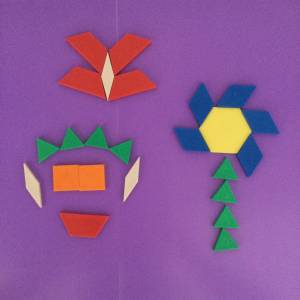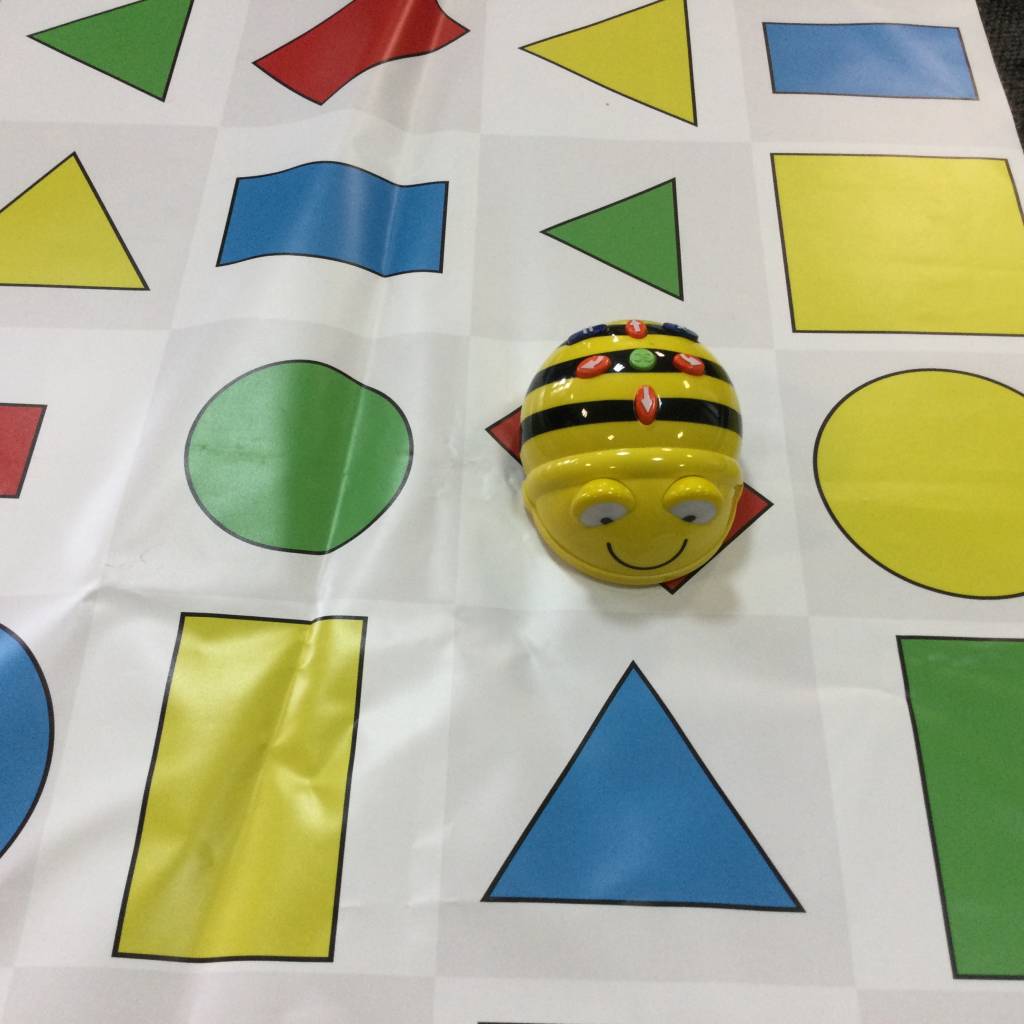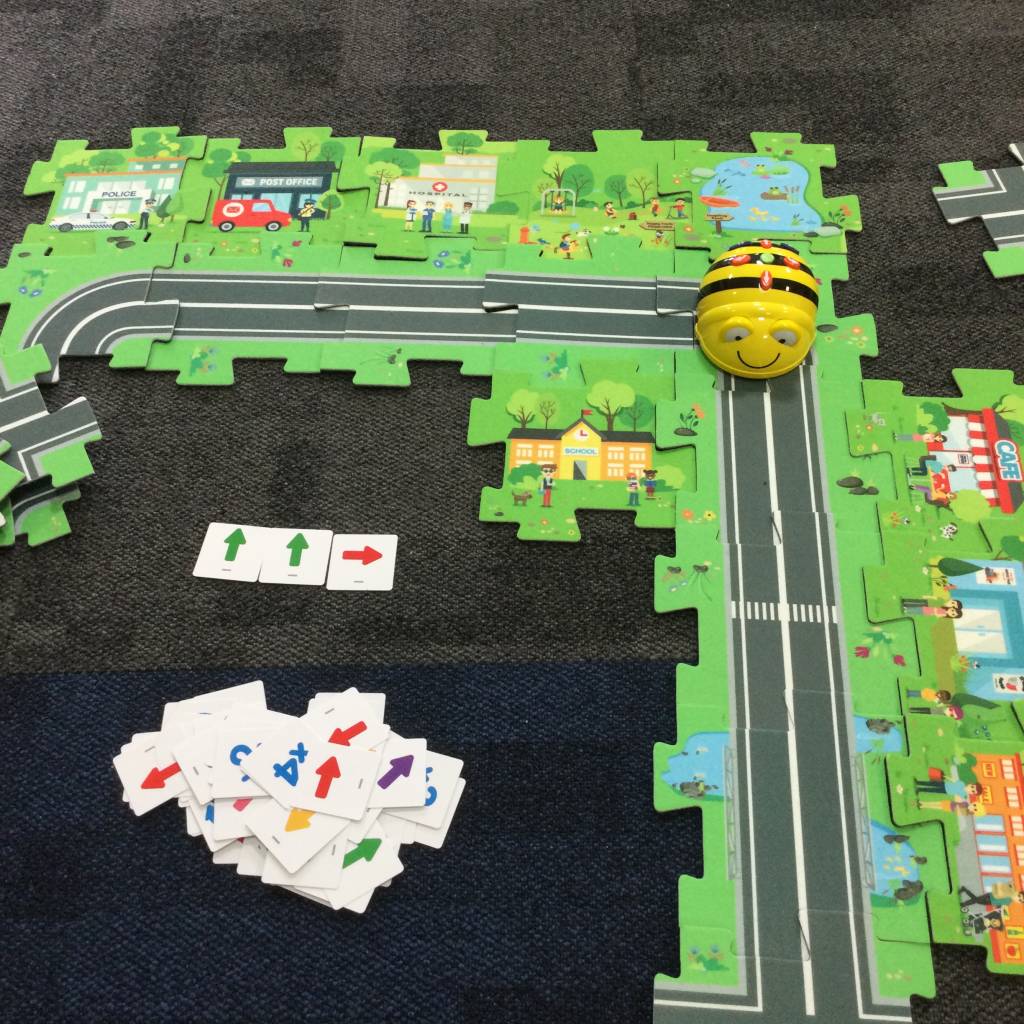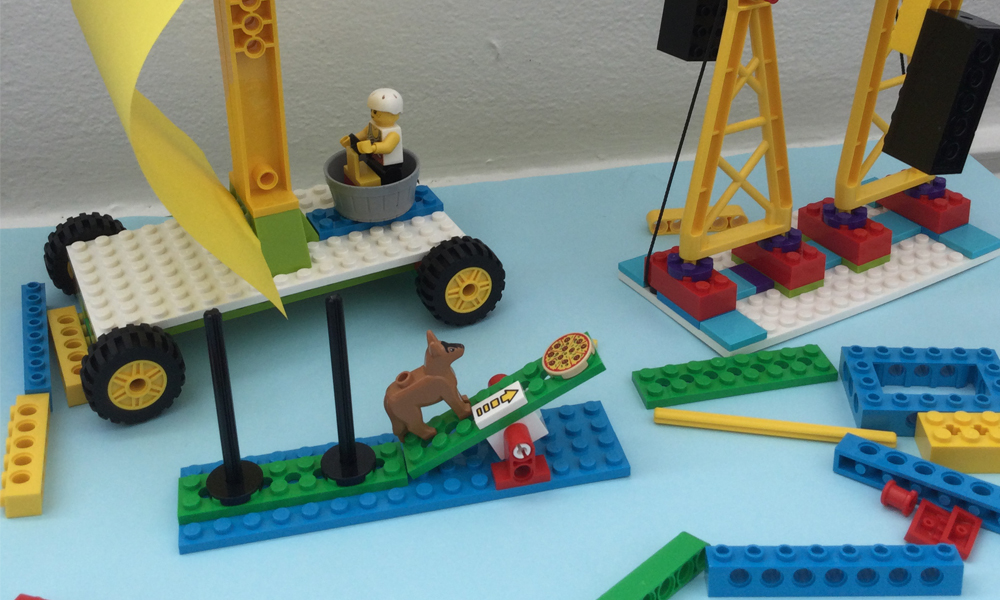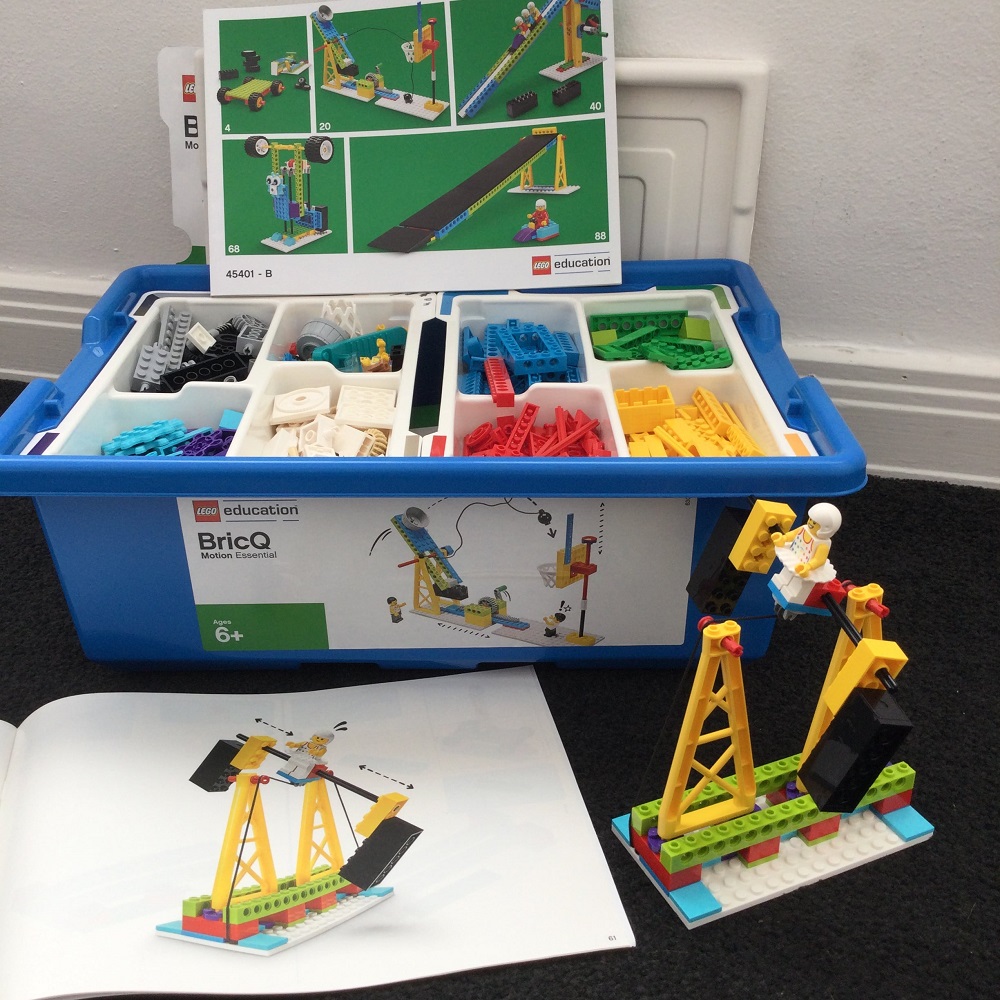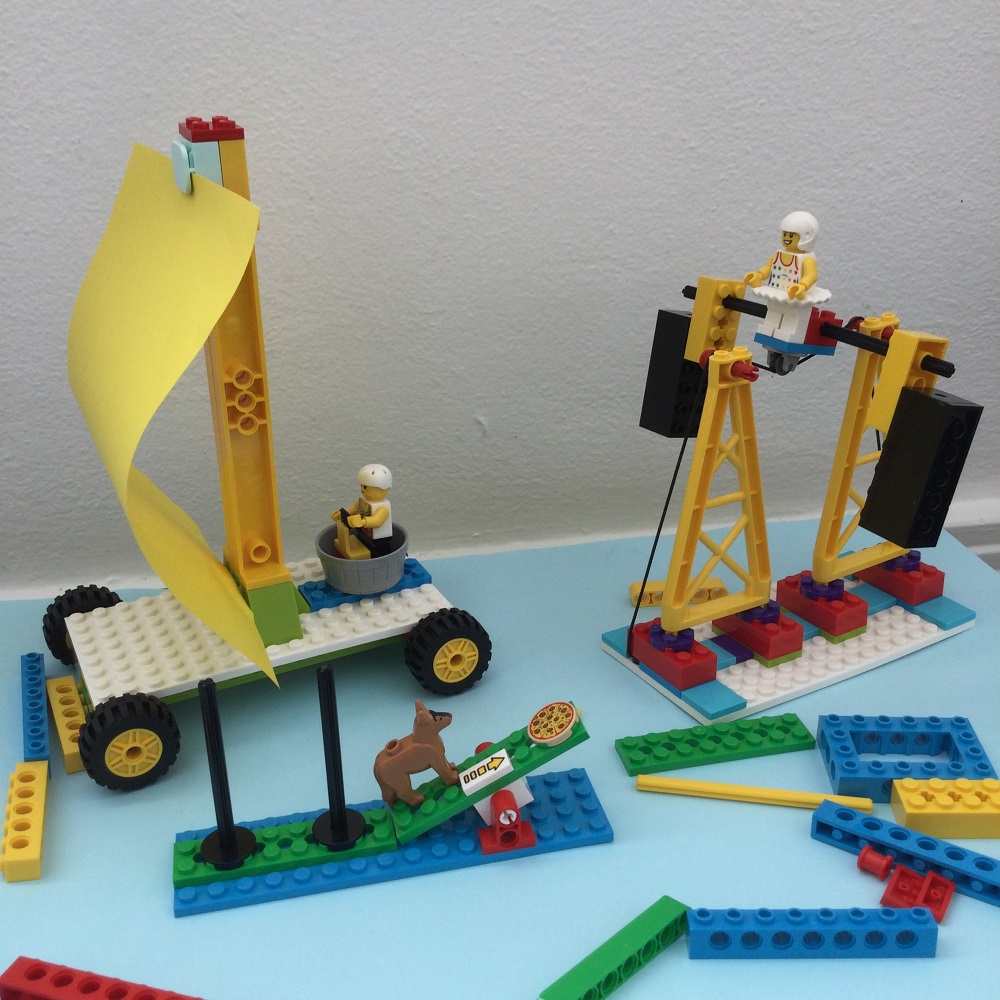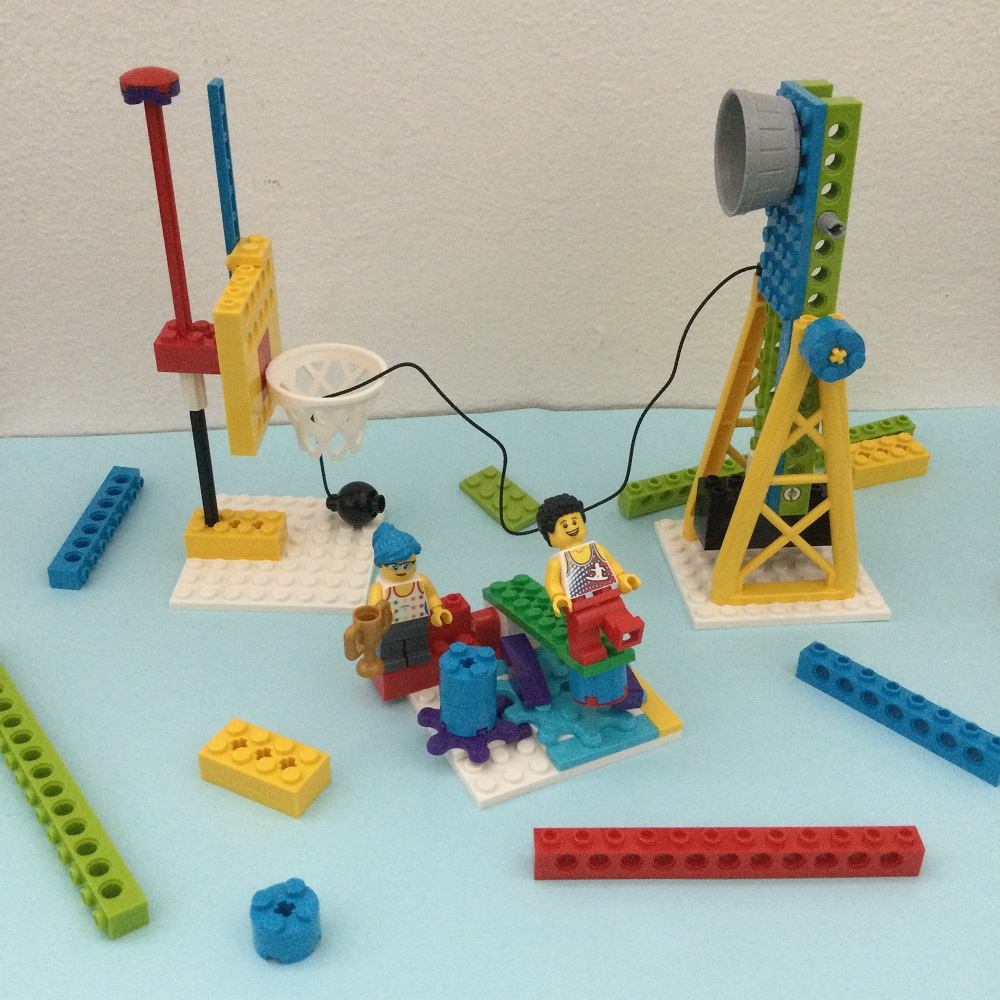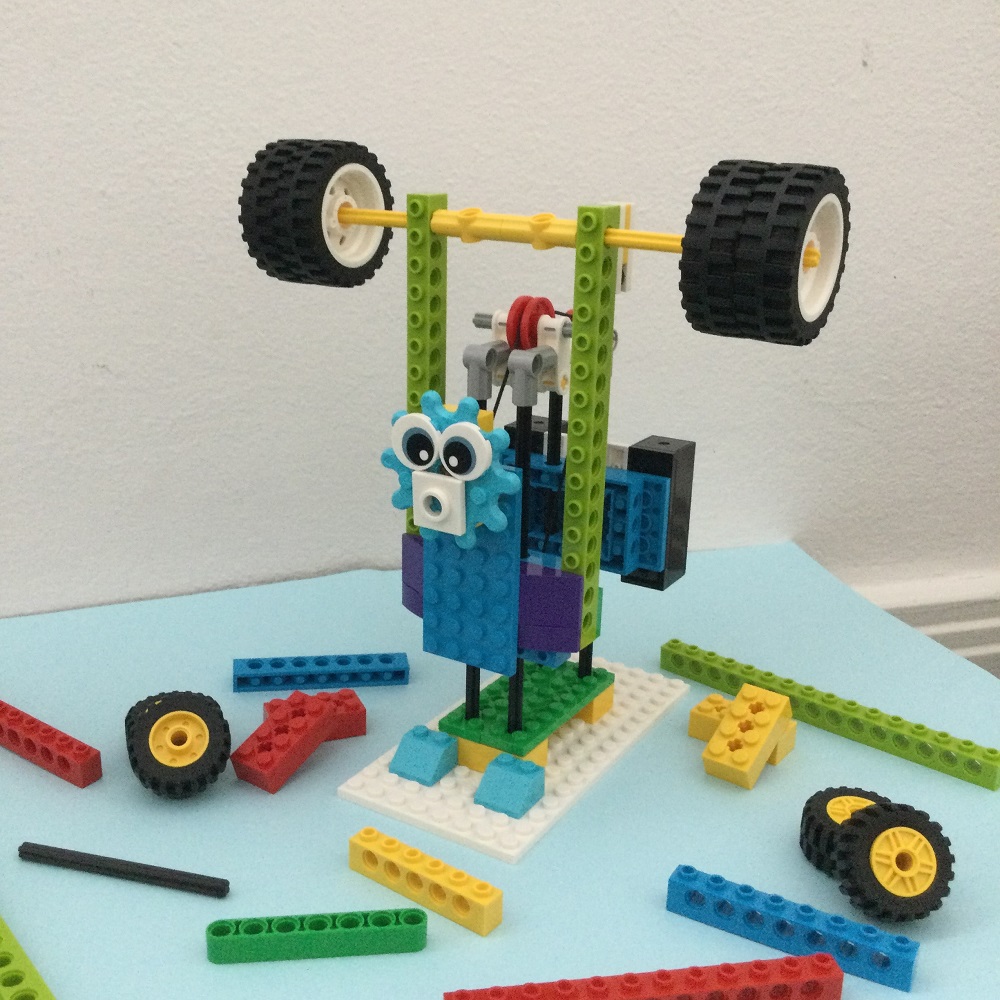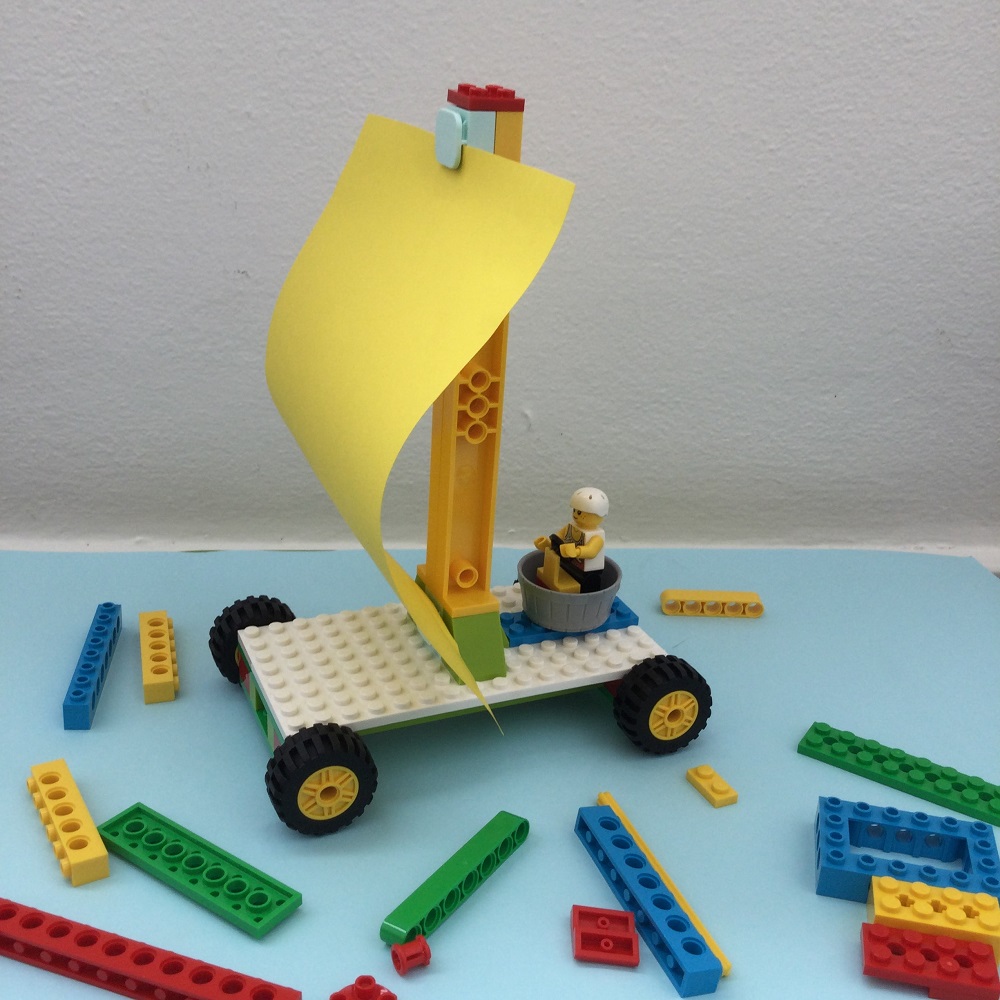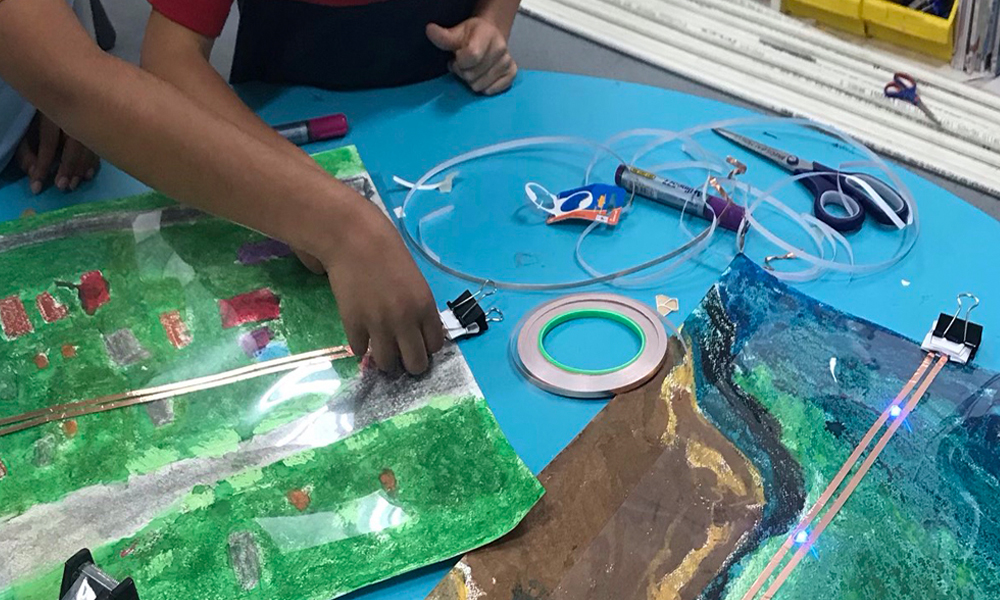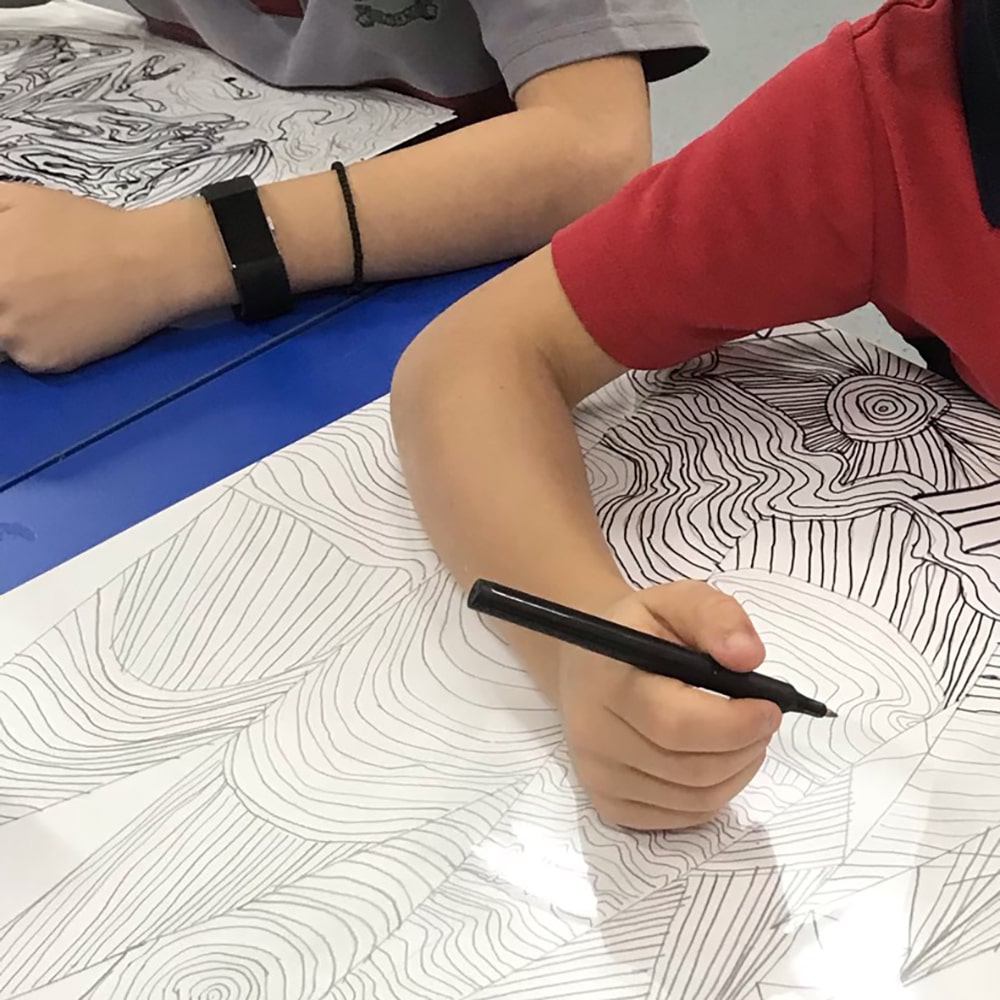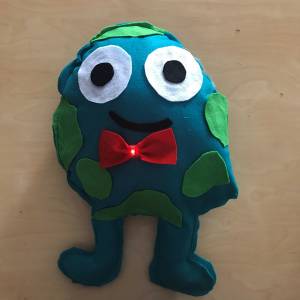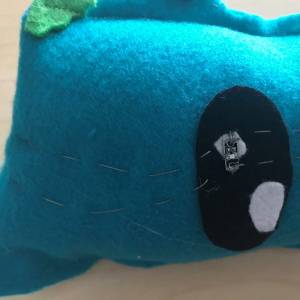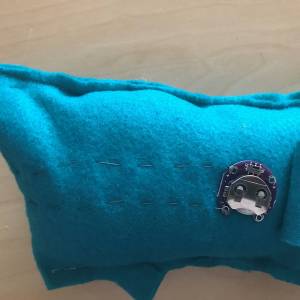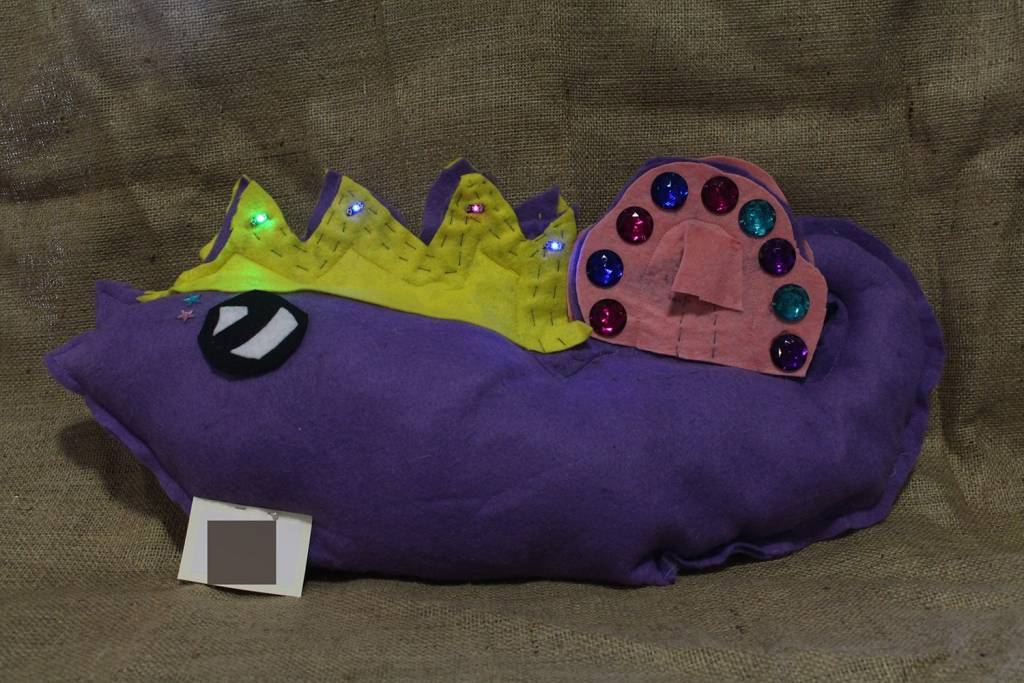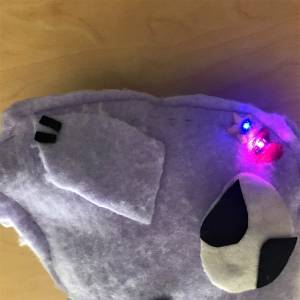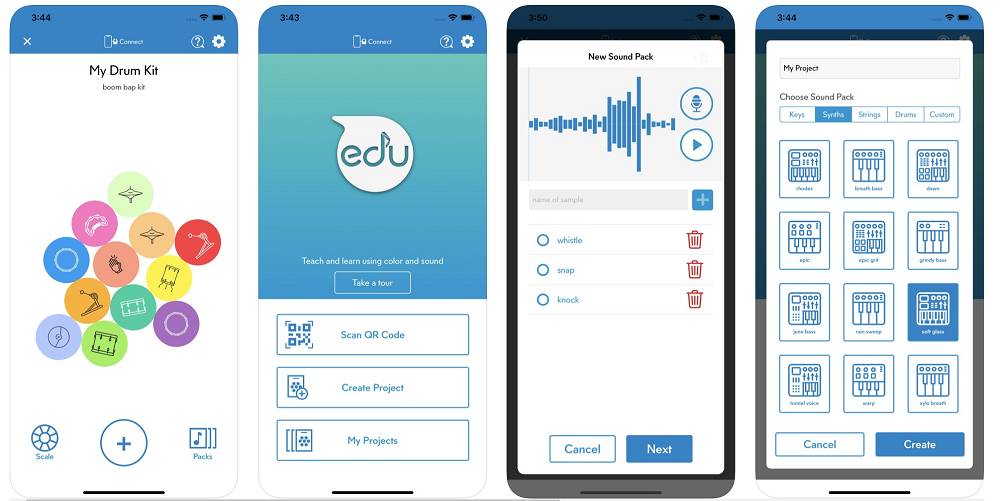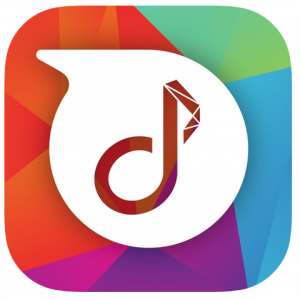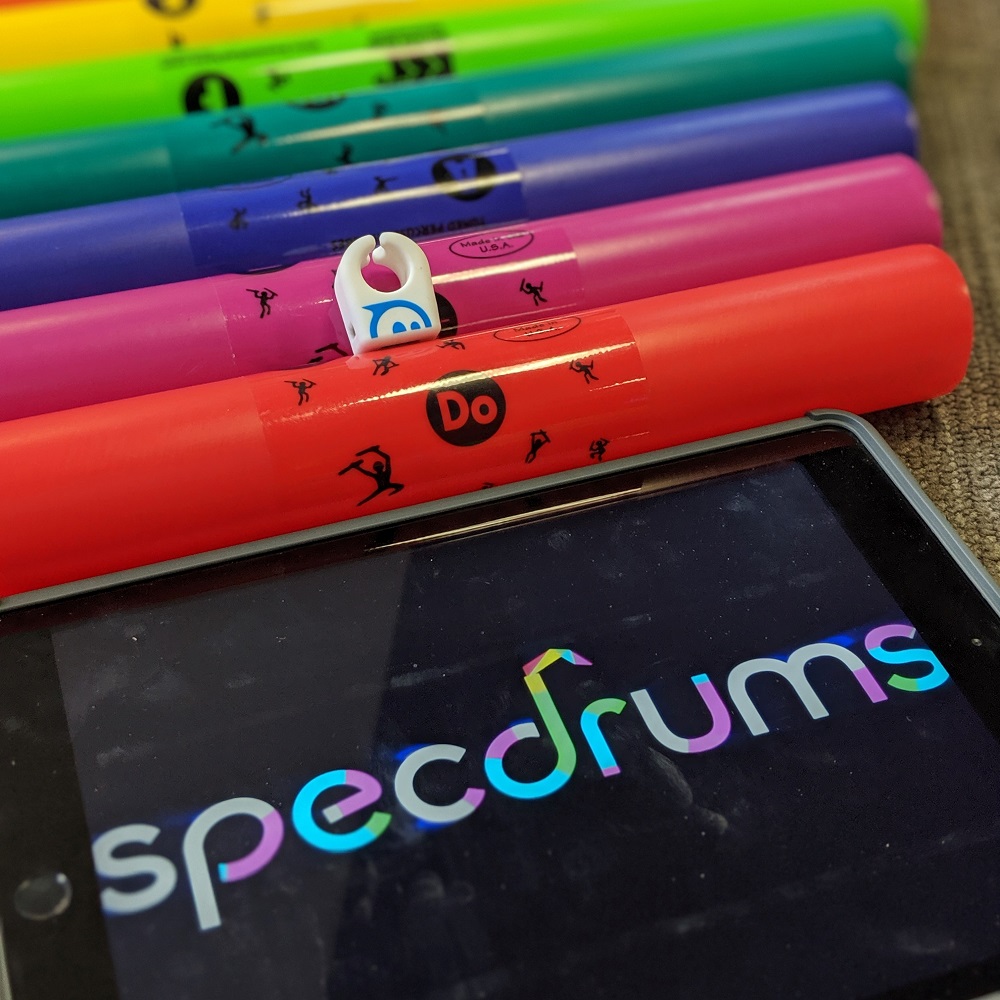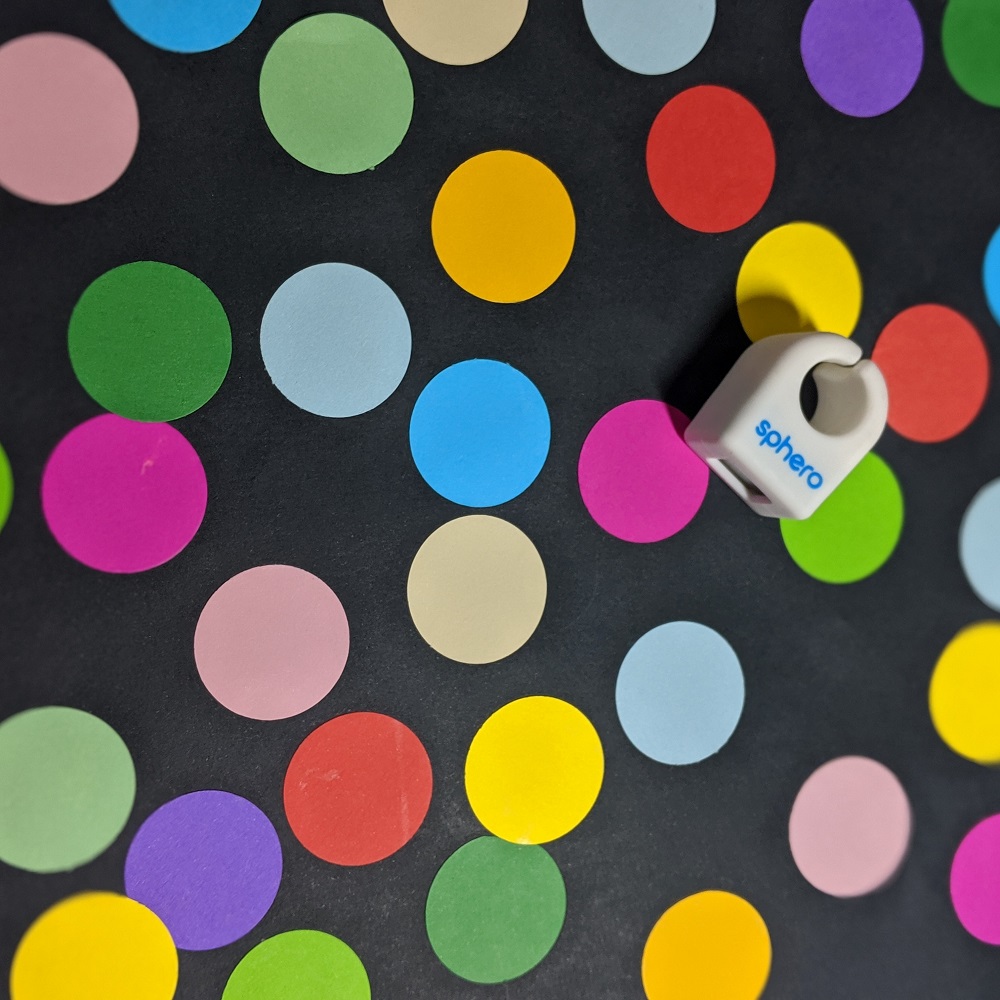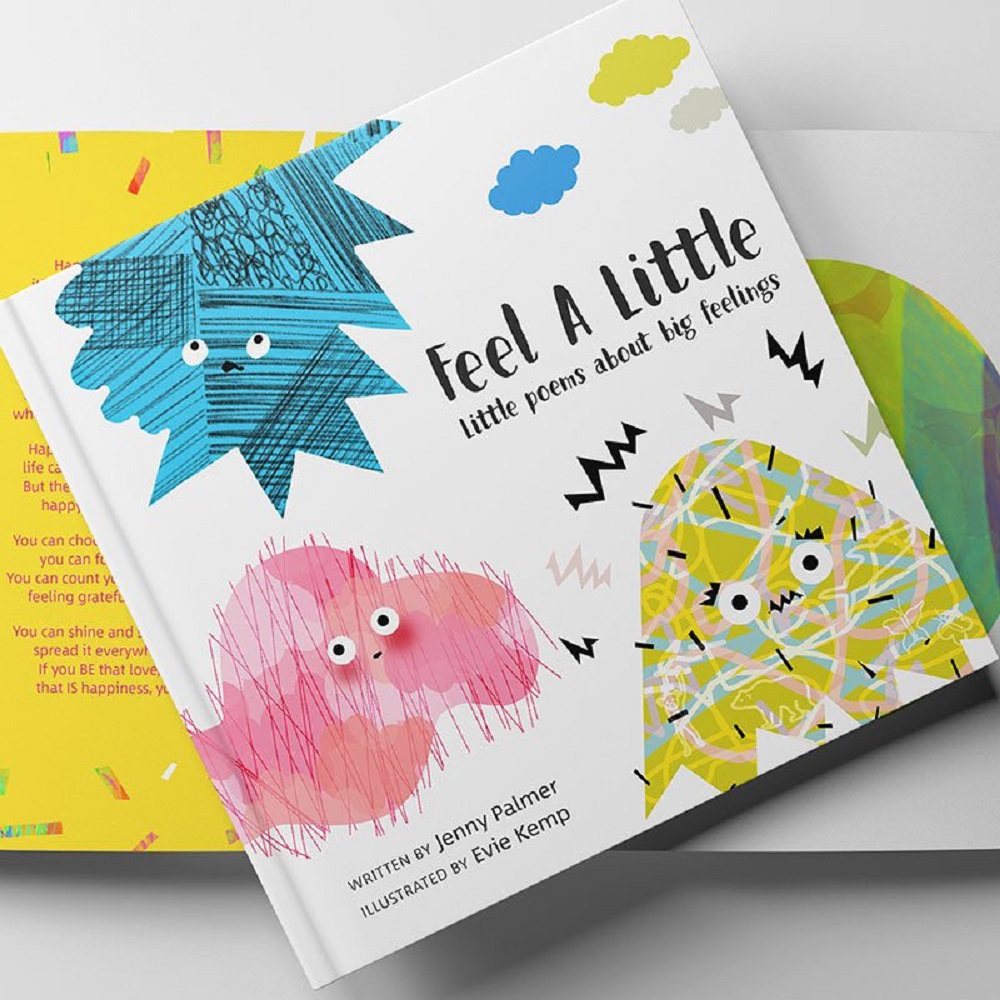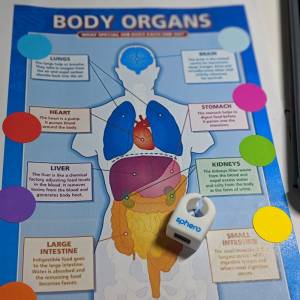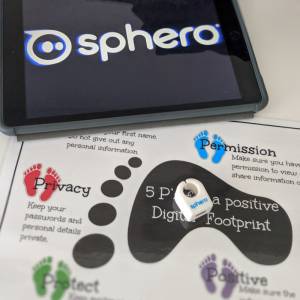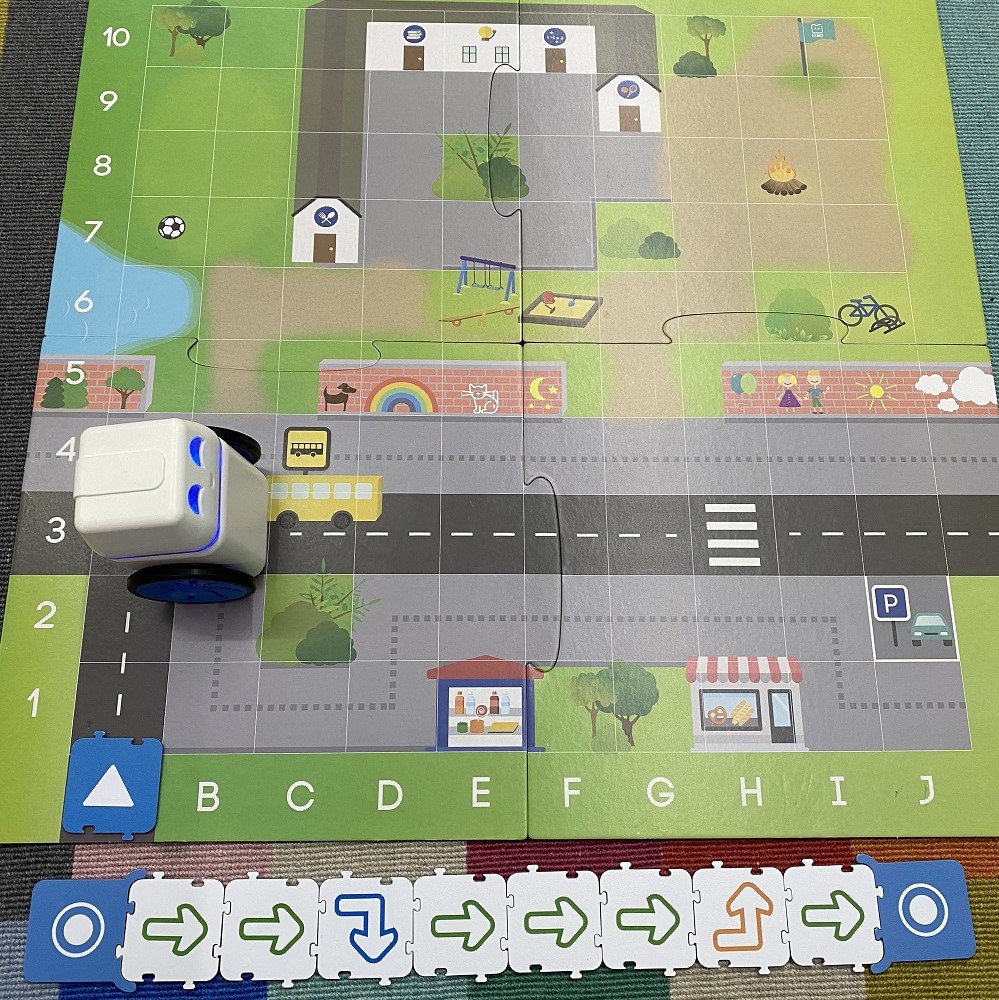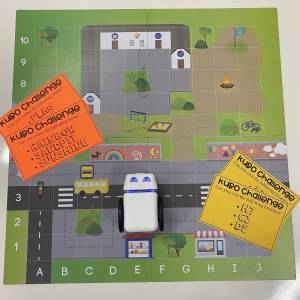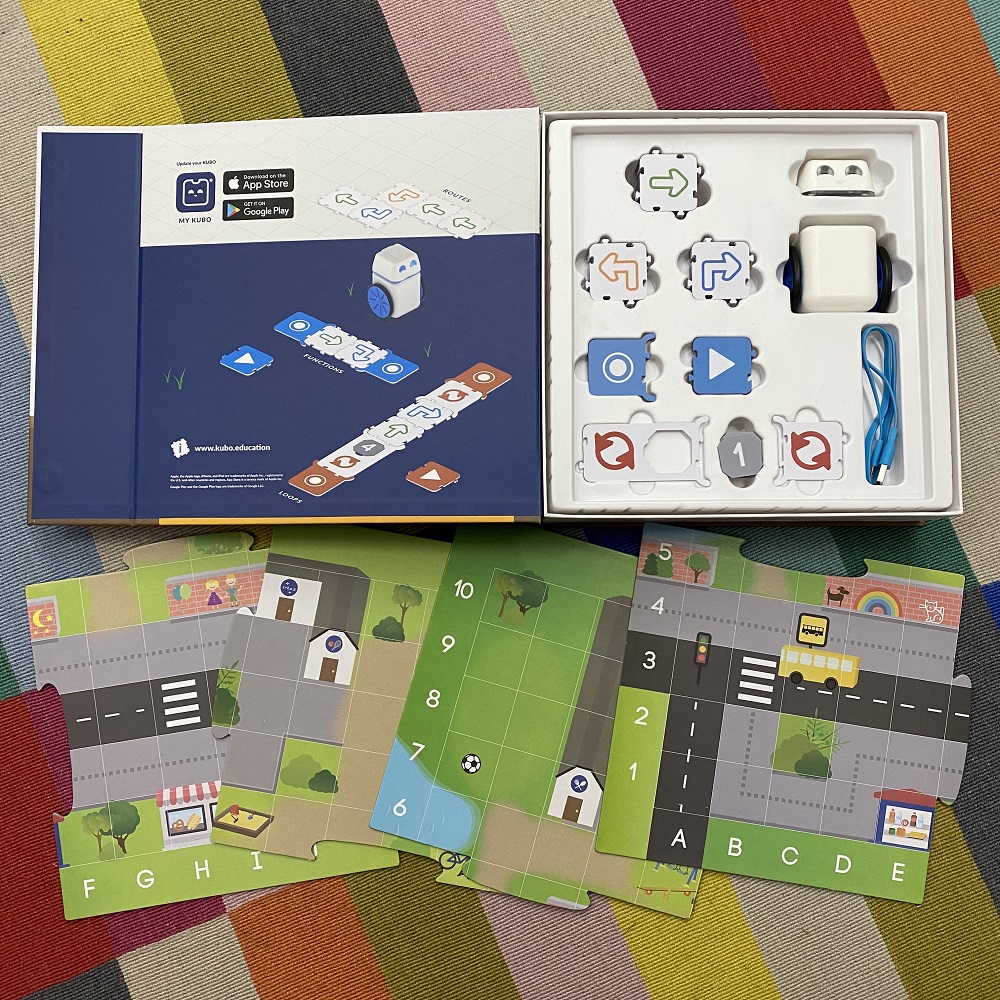Rise and shine, it’s book blog time!
Welcome back to the MTA Book Blog, this month coming to you bright-eyed and bushy-tailed from a very different-looking Sydney.
We were thrilled that so many of you enjoyed and responded to the last post, Picture Books For Unsettling Times, in which we looked at some beautiful books to help open up a dialogue and support students during various challenging times in their lives. Now, as many of us begin to see the light at the end of the tunnel after a very challenging 18 months, what better time to look forward and celebrate the brighter days ahead!
For many students, the lifting of lockdown restrictions heralds a return to the classroom, a reduction in screen-based interaction and a rediscovery of many fun social activities they have likely missed out on throughout the pandemic. In this post, I’ll be shining a spotlight on four dazzlingly delightful books that celebrate some of the aspects of post-lockdown life that students can look forward to, steering them towards a positive frame of mind as they refamiliarise themselves with face-to-face learning and social experiences.
So, draw back the curtains and settle down with me as we bathe in the glow of these glorious books for brighter times.
‘Your Birthday Was The Best!’ by Maggie Hutchings and Felicita Sala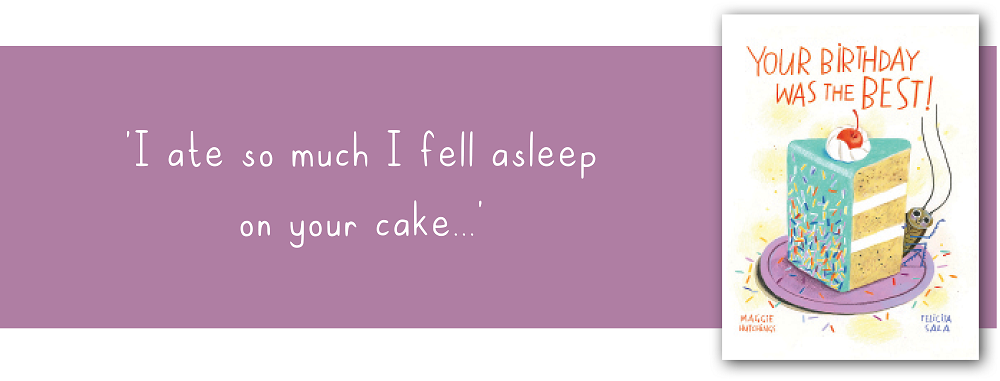
We begin with a shiny new picture book (shortlisted for this year’s CBCA Book of the Year Awards) that will have your students giggling, squirming and then giggling some more! In ‘Your Birthday Was The Best’, we meet a cockroach who reminisces fondly about all the fun he had at a children’s birthday party, seemingly unaware that he wasn’t invited…
‘I was happy to see you. And you were so excited to see me you screamed!’
The hilarious juxtaposition between the narrative led by the endearingly earnest cockroach and the reality of the human characters’ experience – captured so magnificently by the horrified expressions of the guests in Sala’s gorgeous illustrations – will not only have your students falling about with laughter but is also a fabulous opportunity to promote and develop visual literacy skills.
Your students will likely have experienced very different birthdays during lockdown; whether that means a smaller celebration within the household, a Zoom party or a procession of drive-by well-wishers, there’s a good chance that many of them will have missed out on the shenanigans associated with a birthday party with all the trimmings. This hilarious and cheeky tale will evoke memories of lively birthday parties gone by and will certainly spark an excitable discussion of future party plans. ‘Your Birthday Was the Best’ also provides an excellent springboard for a fun creative writing prompt, perhaps directing students to recount their own birthday hijinks or to rewrite the account of the cockroach-crashed party from the perspective of one of the human guests.
‘Dinosaur Day Out’ by Sara Acton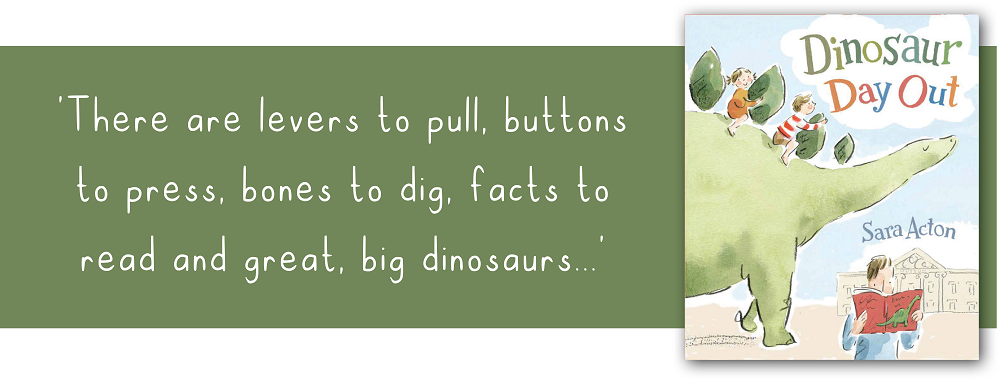
In the delightfully charming ‘Dinosaur Day Out’, we join Sally and Max as they head to the museum with Dad to visit the dinosaur exhibit, only to discover that they are not the only ones enjoying a day out. The children embark on a tremendous hands-on dino experience, while the totally oblivious Dad narrates from his book. Similarly to ‘Your Birthday Was The Best’, the comical contrast between the different experiences of the characters in ‘Dinosaur Day Out’ is conveyed entirely through the illustrations, again supporting those important visual literacy skills. The irony that the adult character remains completely unaware of the extraordinary events taking place right under (or above) his nose is sure to delight your students.
Excursions have been largely off the cards for the past 18 months and this sweet, imaginative tale of an extra-special interactive day out captures the thrill of exploration and discovery that only an excursion brings. It will reignite students’ excitement for hands-on, real-life learning experiences as opposed to digital ones.
‘Lots of Frogs’ by Howard Calvert and Claudia Boldt
Next, we come to one of my favourite rhyming picture books, ‘Lots of Frogs’, where we join Tommy Fox on his doomed quest to keep a lid on his box of trouble-making frogs. This brilliant rhyming story is positively leaping with laugh-out-loud imagery and is propelled forwards by a rhythm that’s as lively and bouncy as Tommy’s frogs.
‘Net’s quite full, halfway there. Look! There’s five on teacher’s chair!’
The book takes us all around the school as we follow Tommy on his mission to get those naughty frogs back in their box, and even the staffroom isn’t off limits! Students will delight in the hilarious images of frogs wreaking havoc around the school and I guarantee that the whole classroom will erupt in a fit of giggles when you reach the line about a frog jumping in the headteacher’s hair! This fast-paced rhyming story is bursting with positive imagery and language associated with the school environment and is sure to help strengthen and reinforce students’ associations with the classroom as a place of enjoyment and enrichment.
Yes, I know I say this a lot, but this is one of my favourite ever picture books! In ‘Unplugged’, by author/illustrator Steve Antony, we meet Blip, an adorable robot who spends her days completely absorbed by her computer, which is just fine by her. However, when a power cut leads to Blip becoming unplugged, she suddenly finds herself blinking in the bright lights of ‘outside’…
Anthony’s clever narrative device of repeating the exact same activities that Blip enjoys on her computer as she does outside (learning new things, playing fun games, dancing to music and visiting faraway places) allows him to sidestep a preachy or judgemental tone when comparing the two different environments for these experiences. Equally, the artistic technique of having the screen-based illustrations in black and white and the outside illustrations in full colour subtly conveys the idea of the richness and depth of analogue experiences compared to two-dimensional digital ones without being overtly critical of screen-based activities.
For the past 18 months, our entire lives have been lived mostly online, our learning, teaching and even our socialising have all been confined to the digital space. ‘Unplugged’ is a celebration of what happens when we switch off our digital lives and enjoy an analogue adventure! This is the perfect tale to help students reflect on the positive aspects of the transition away from screens and appreciate the opportunity to enjoy some hands-on learning and experiences. A follow-up discussion that encourages students to think about the things that you can’t do online, or that aren’t as good online, will help students focus on the benefits of moving out from behind the screen.
The titles in this collection are all wonderful celebrations of a post-lockdown world, perfect for reinforcing positive emotions and associations and supporting students as they transition back into face-to-face learning and social situations. Come rain or shine, picture books provide uniquely accessible springboards to broach wider conversation topics, and all of the books in this collection are rich sources of writing and discussion prompts to encourage students to make connections with each other and their own lives and experiences.
And now, as I don my sunnies and floppy hat, this is the perfect moment to remind you that, for a limited time, you can make hay while the sun shines and stock up on these books – or any other resources for your classroom – using our Brighter Times discount. What a bright idea!
Join me again next time, when we’ll decking the shelves with boughs of books, getting excited for the festive season and looking ahead to a brand-new year.
The future’s looking bright.
About the Author
Emily Bruce is the Managing Editor at Modern Teaching Aids (although she prefers the term Grammar-Wrangler-in-Chief). She has worked in children’s publishing in the UK and Australia for eight years and is passionate about finding the spark that ignites a lifelong love of literacy in the next generation of storytellers.



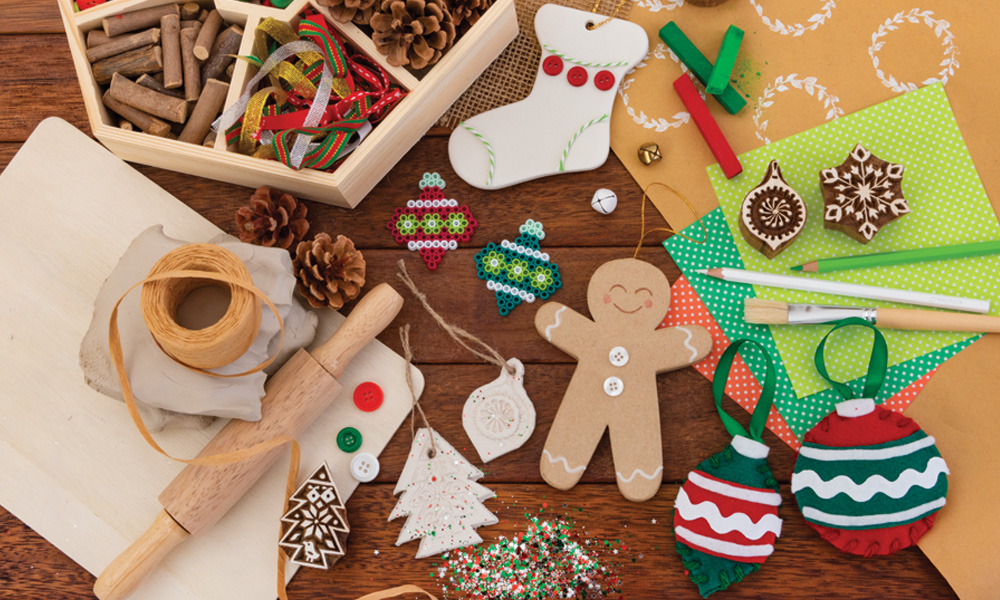
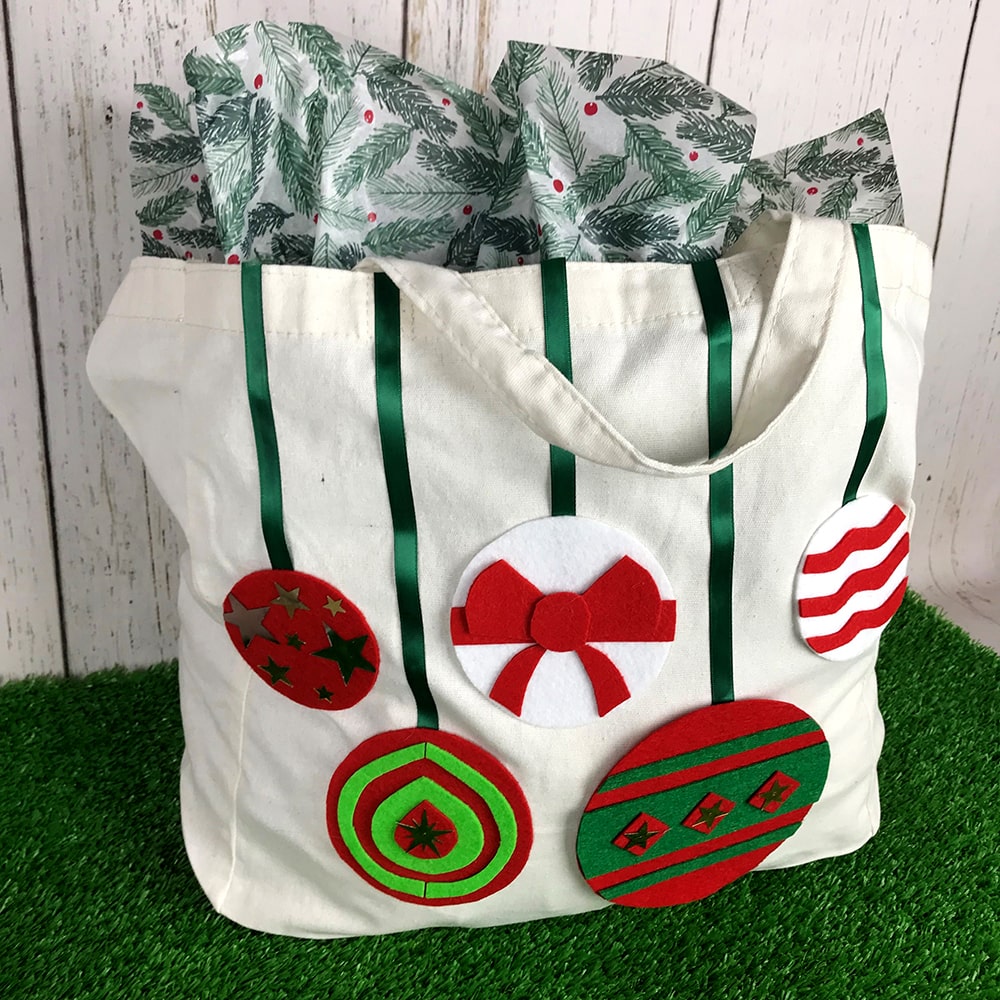
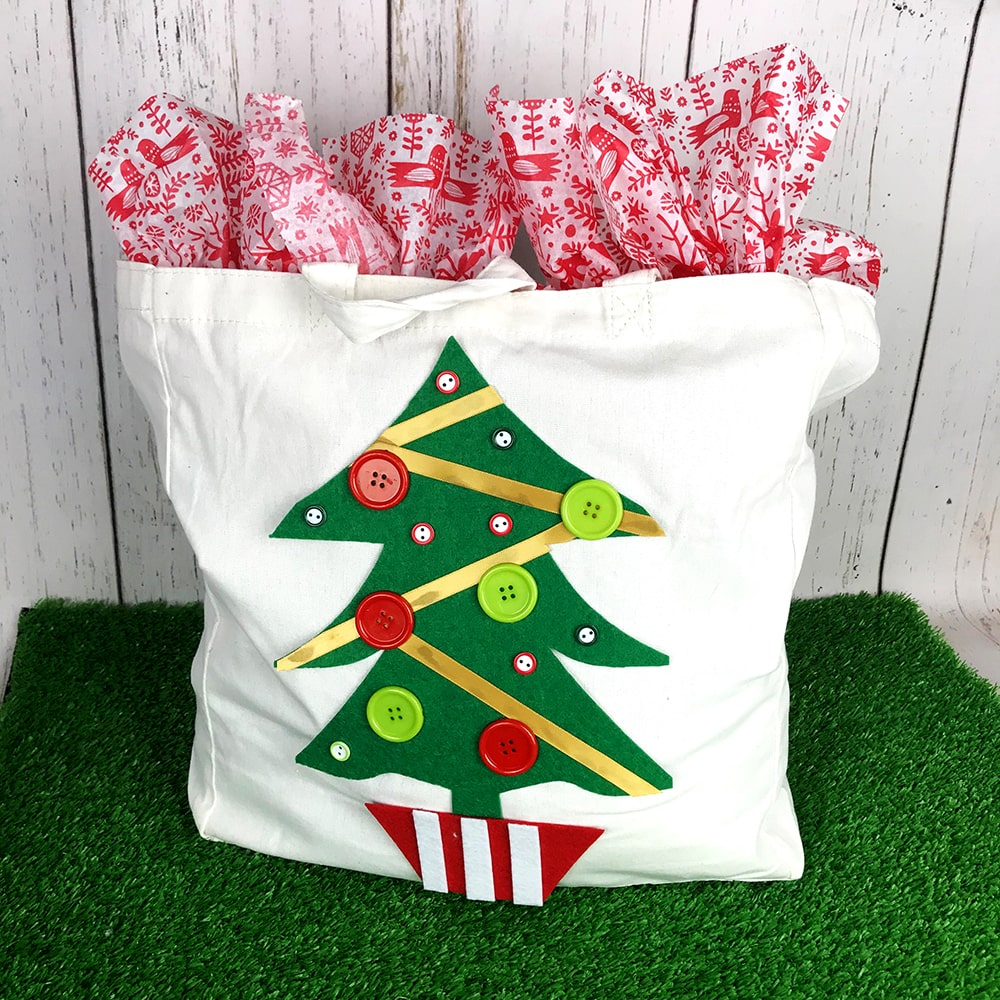
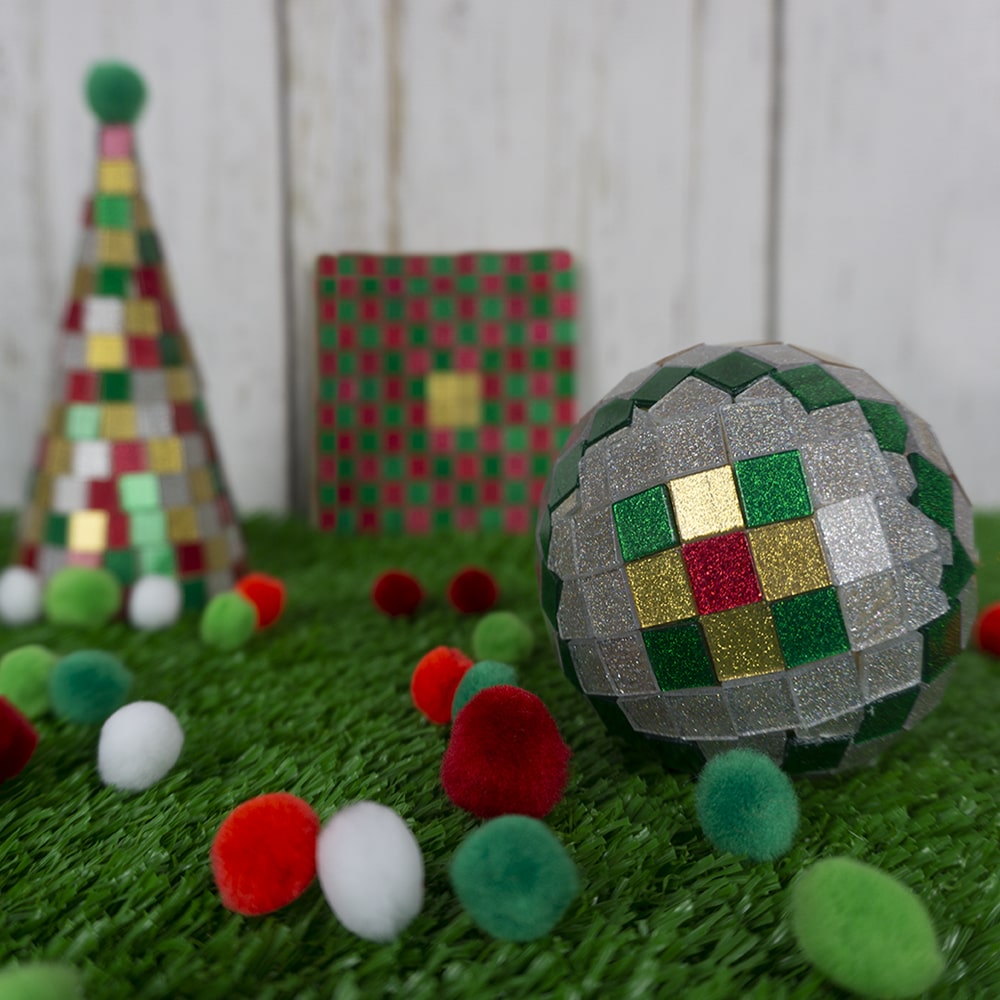
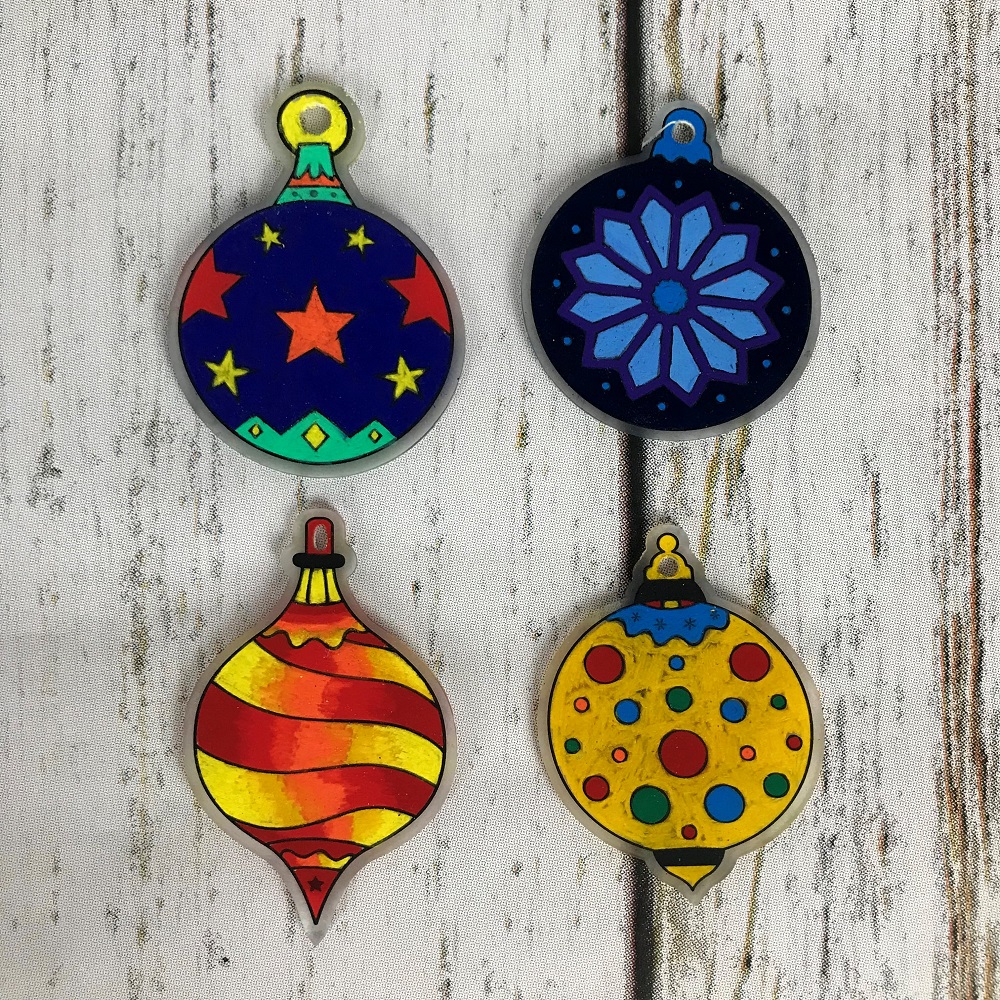

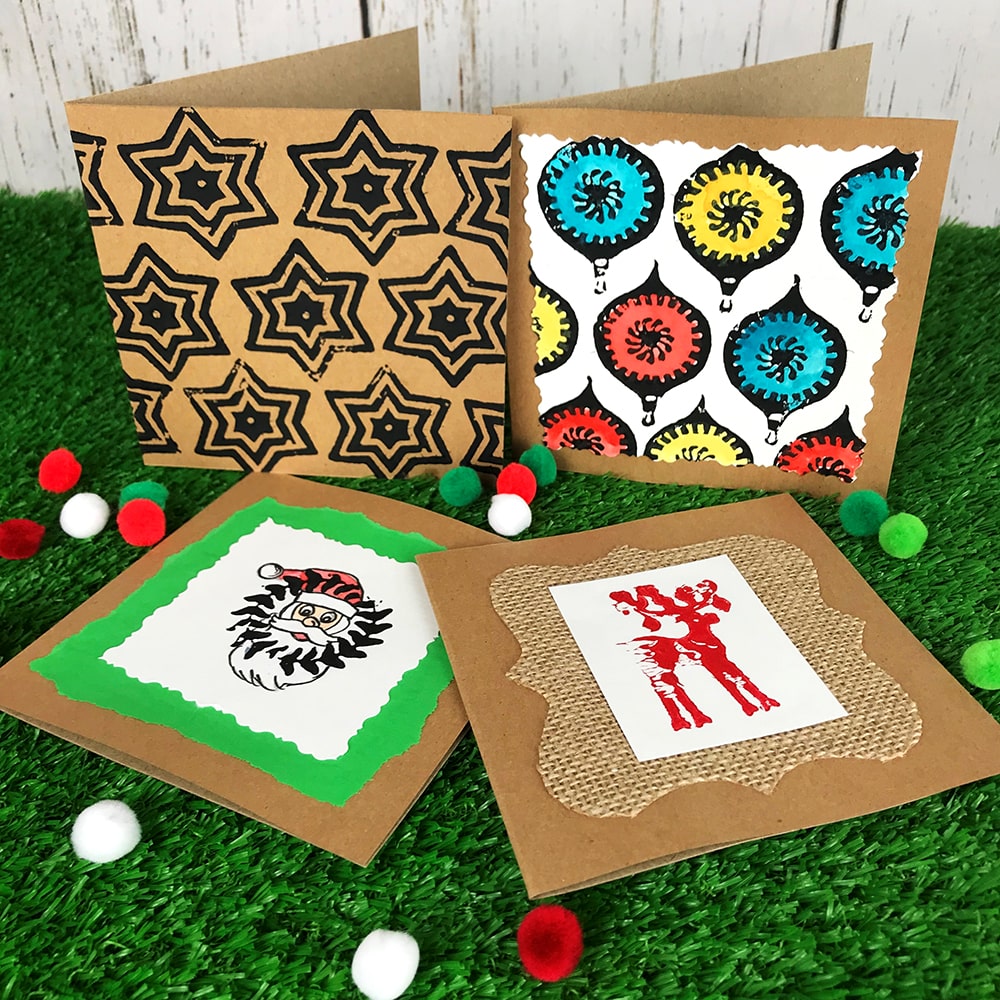
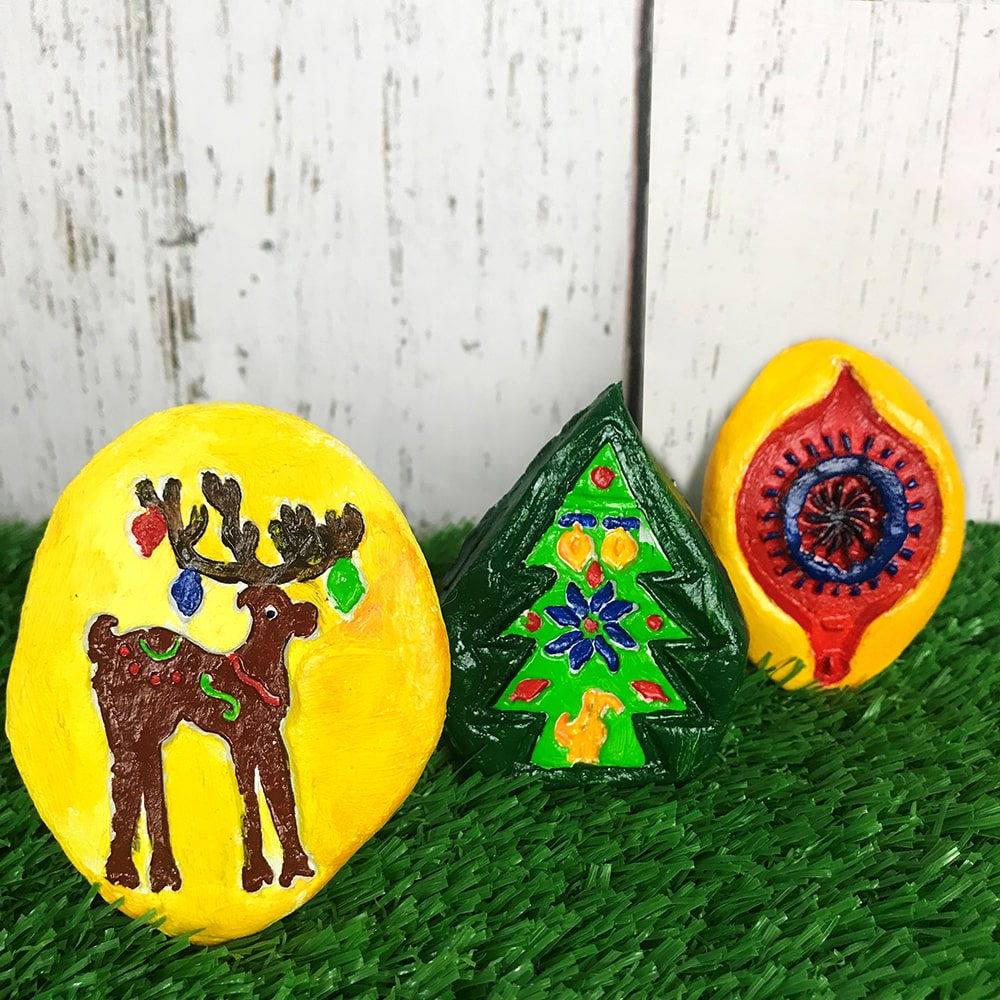

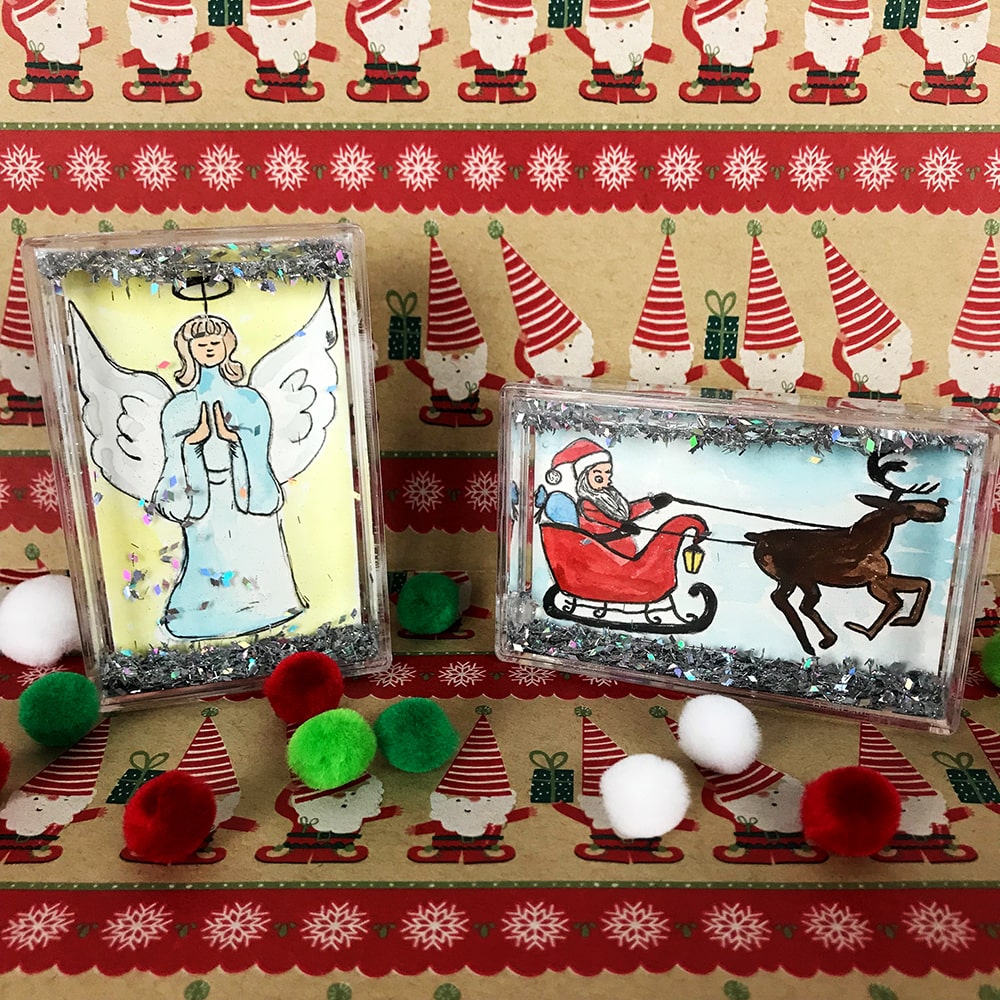

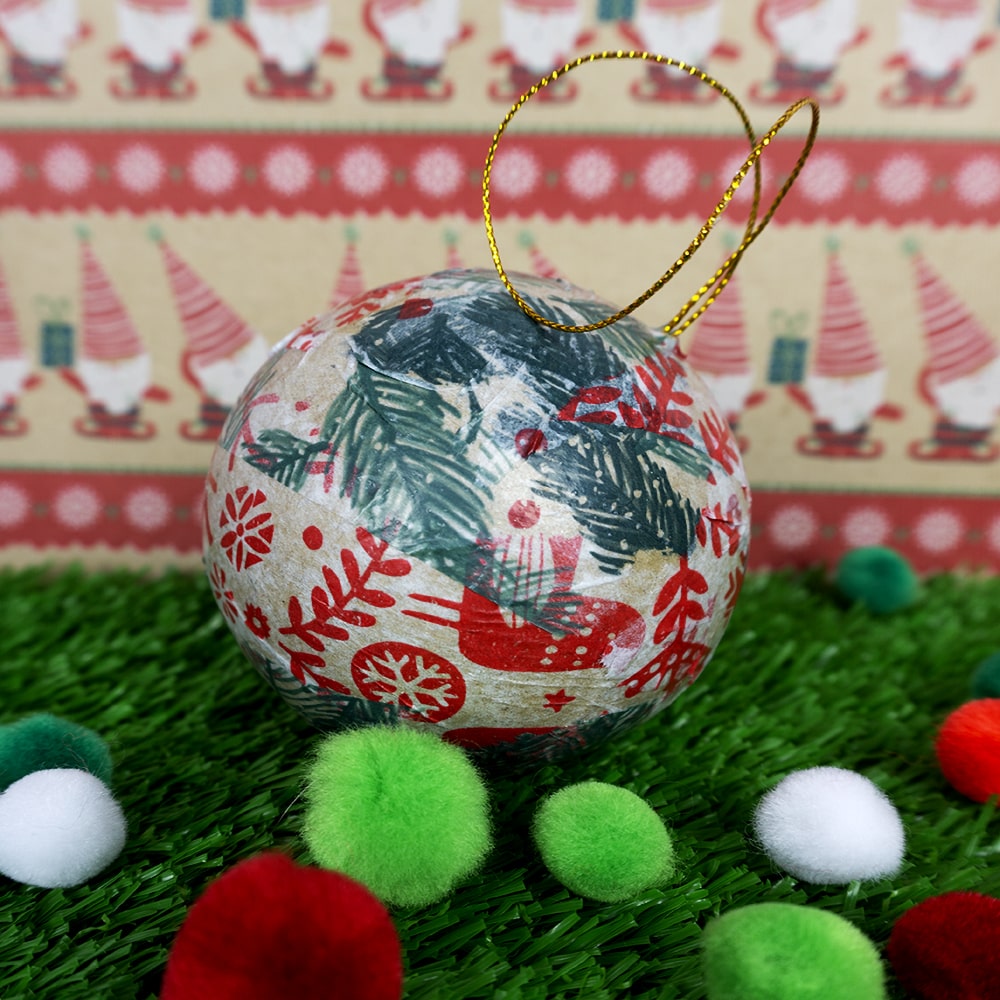
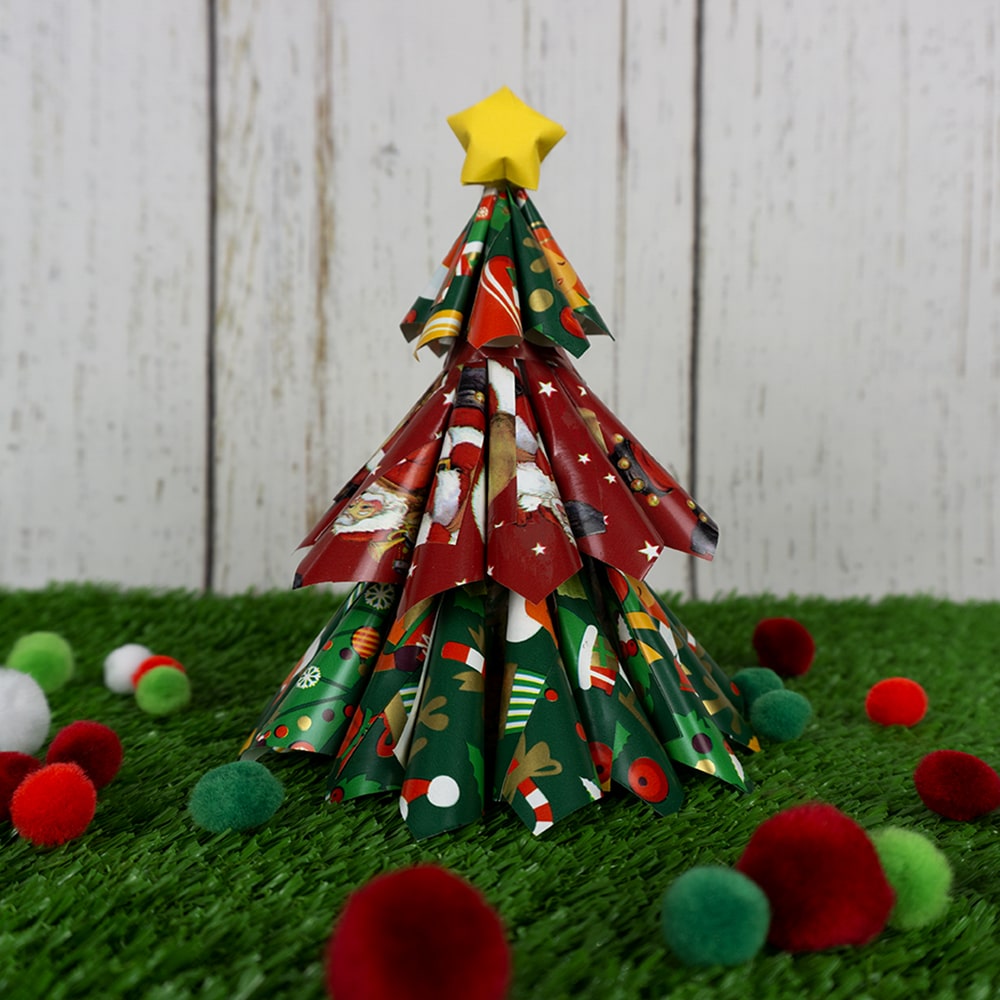
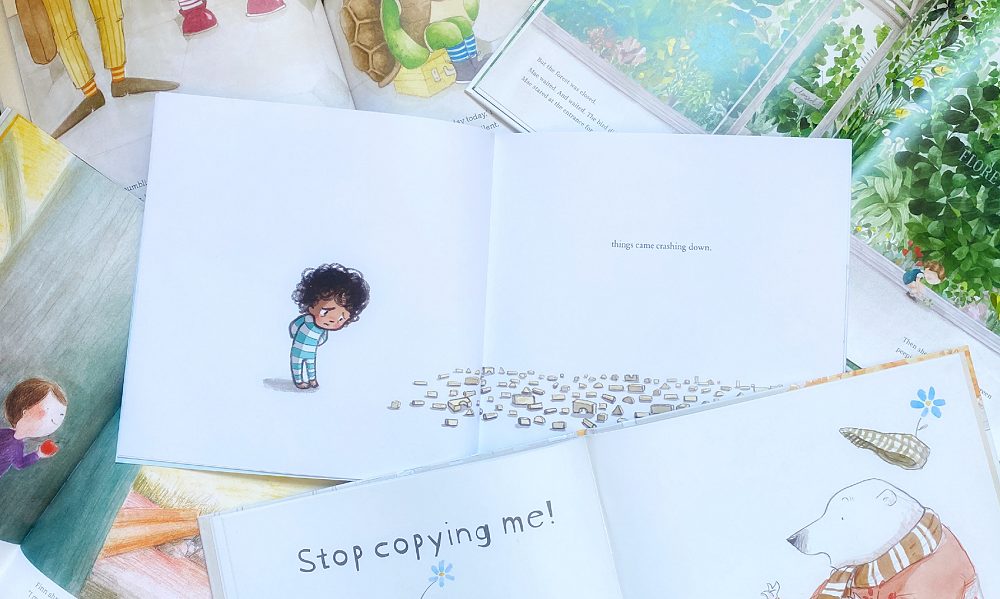
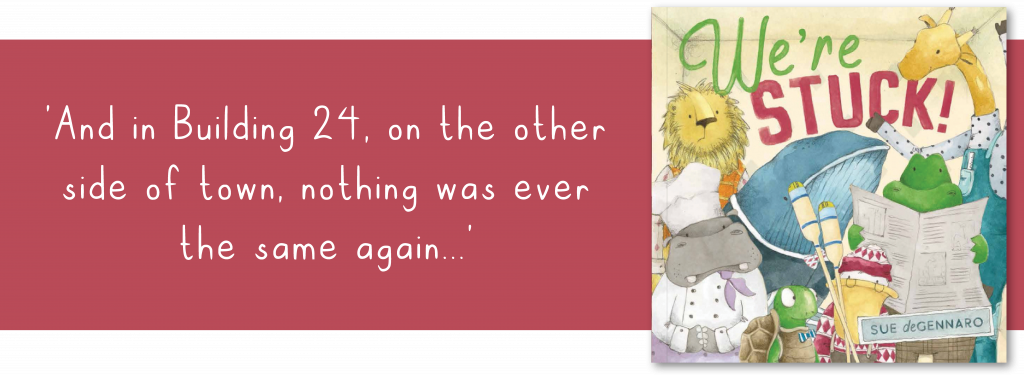
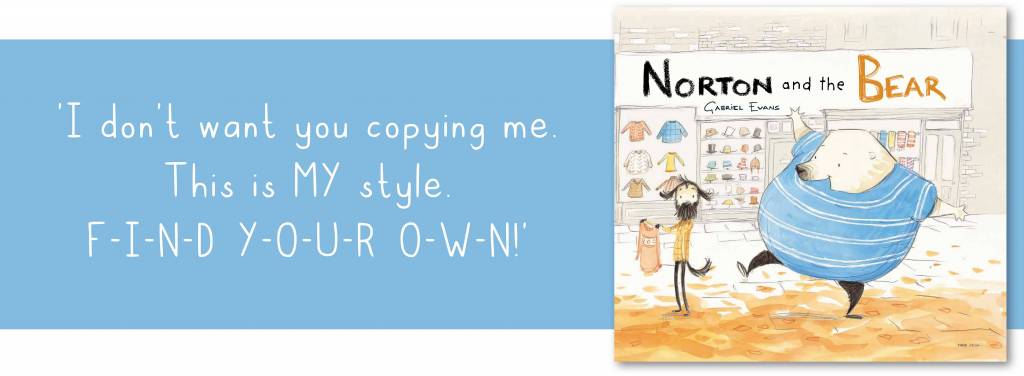
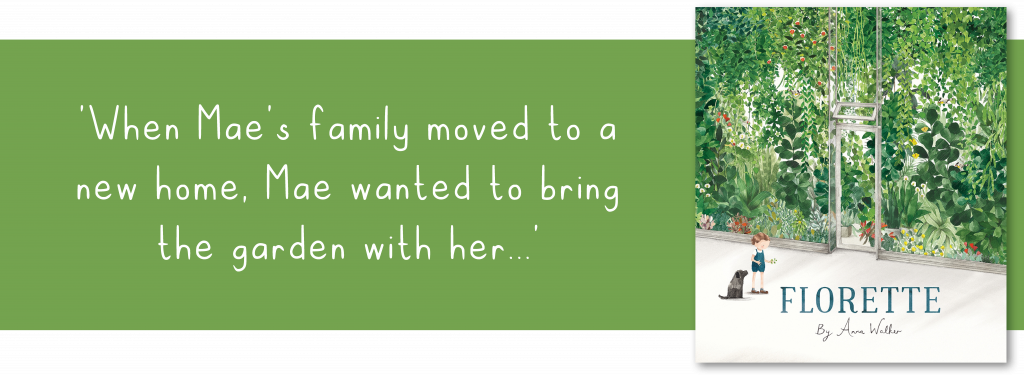
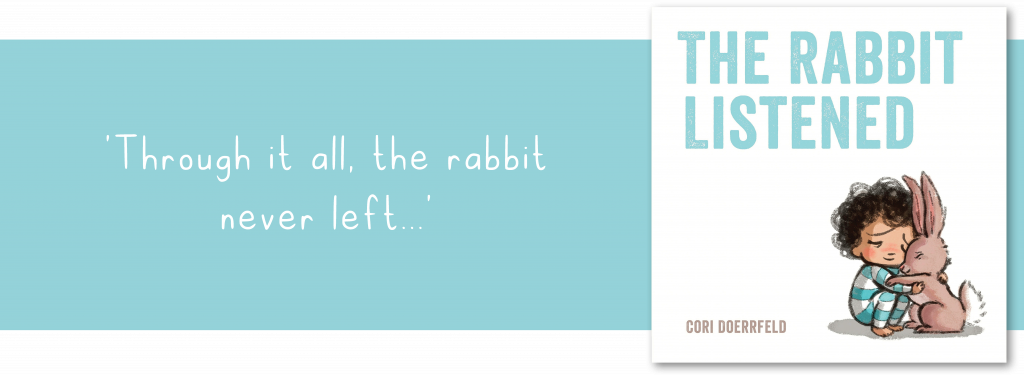
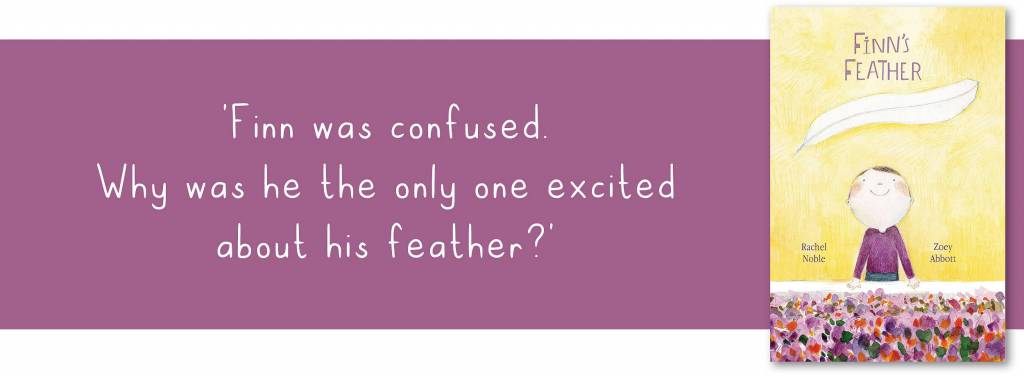
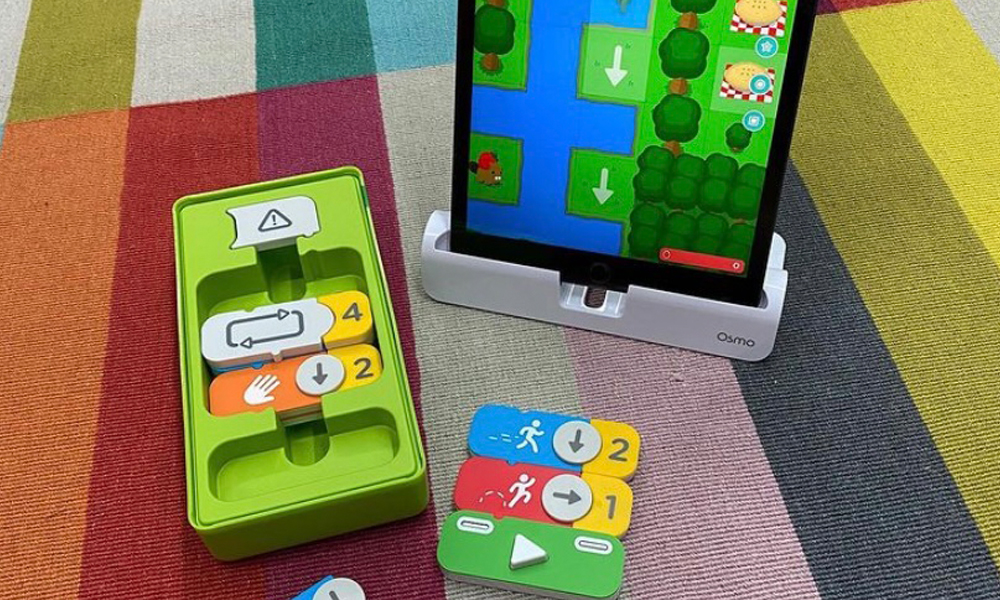
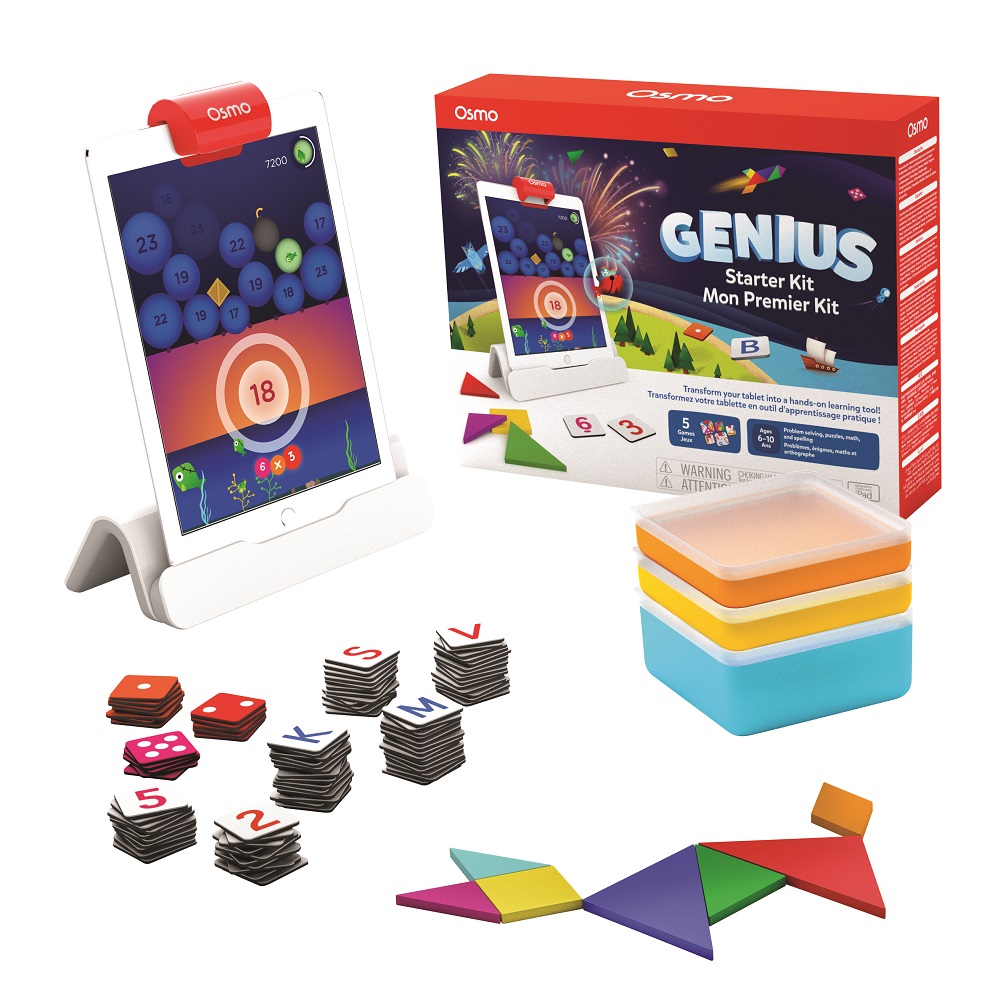
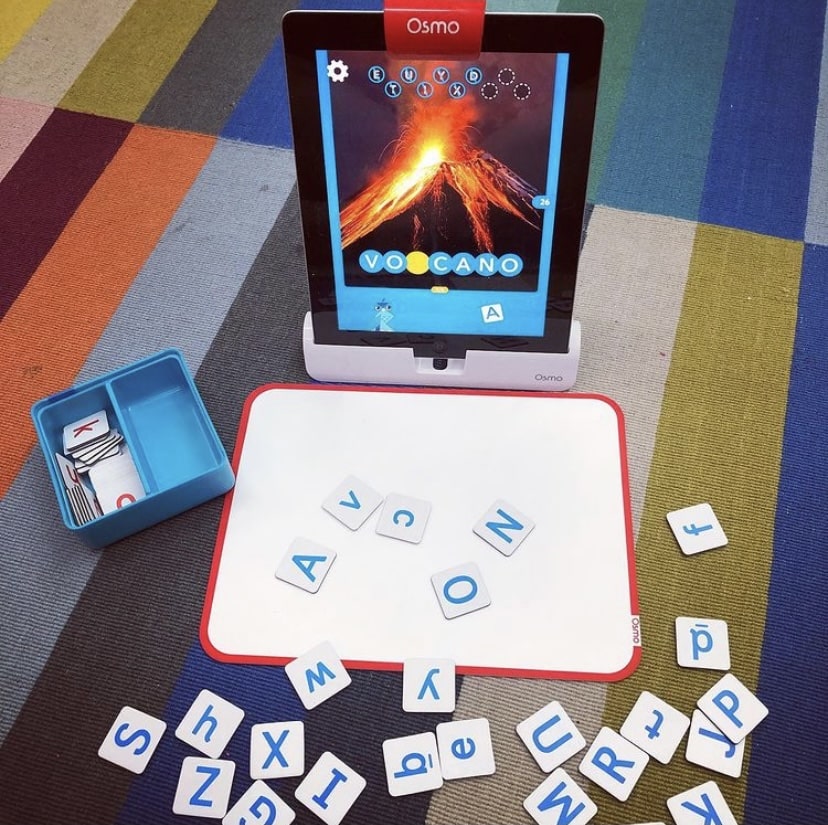
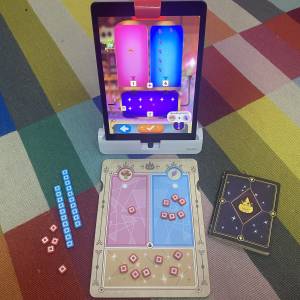
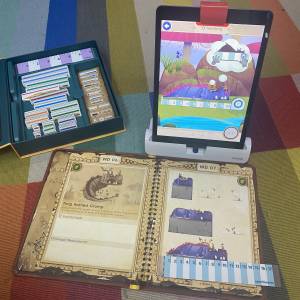
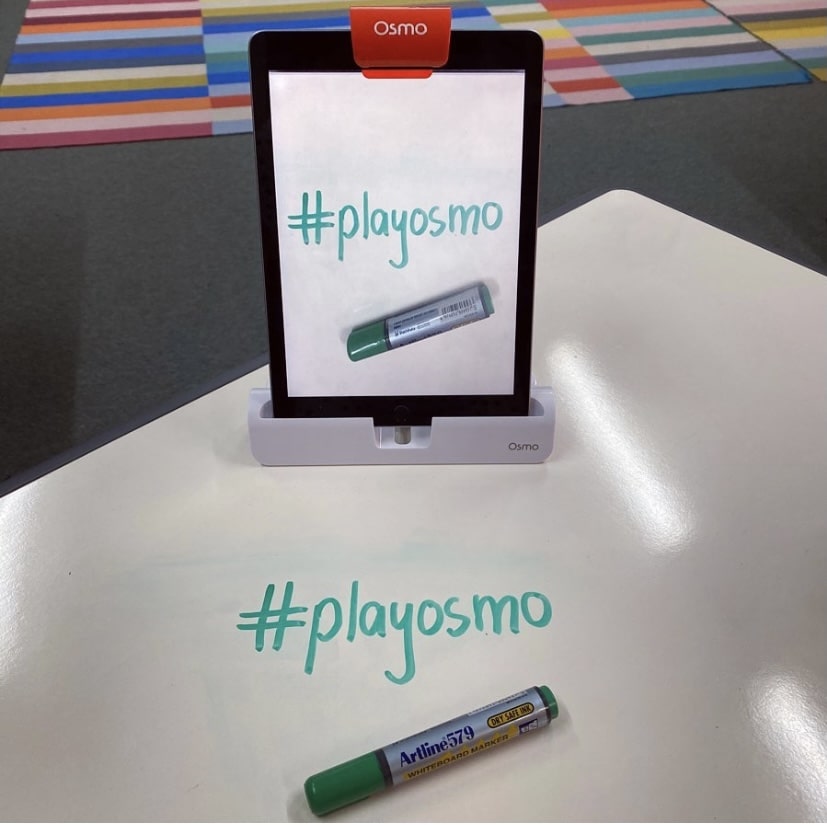


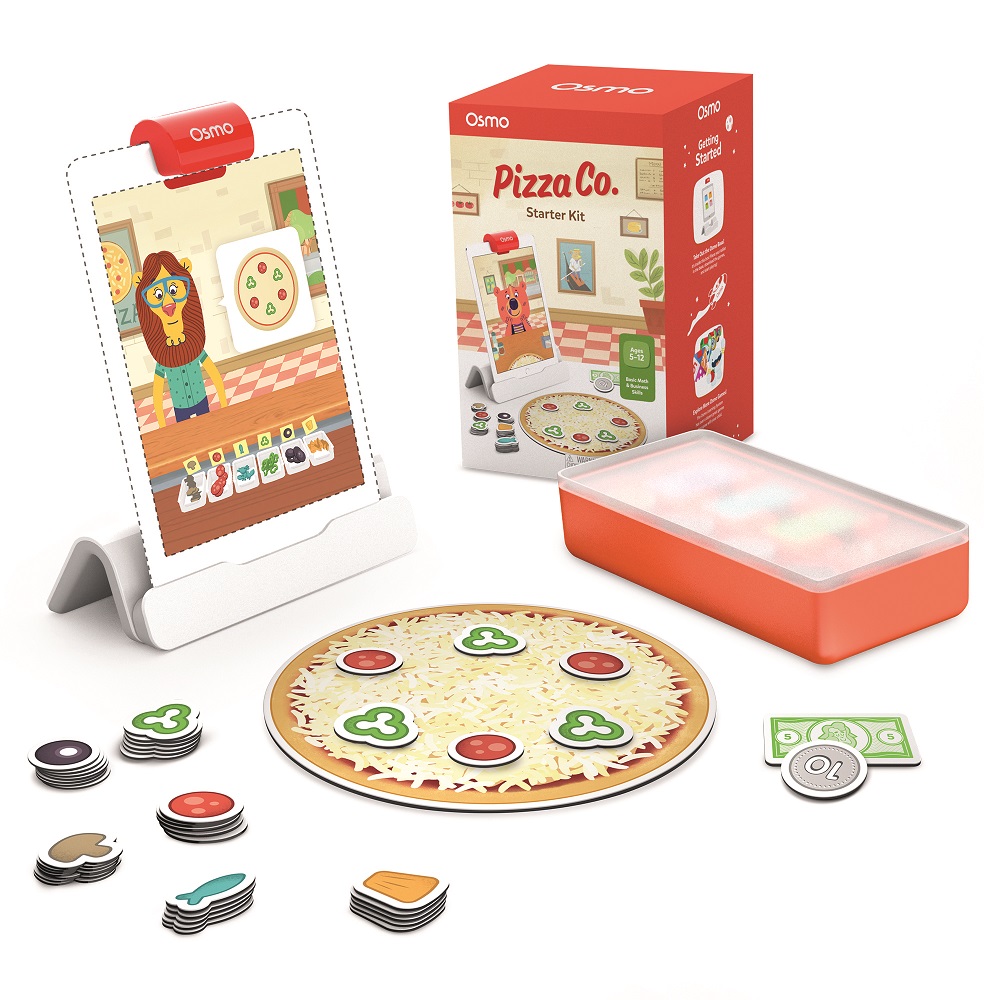
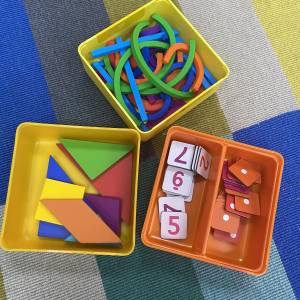


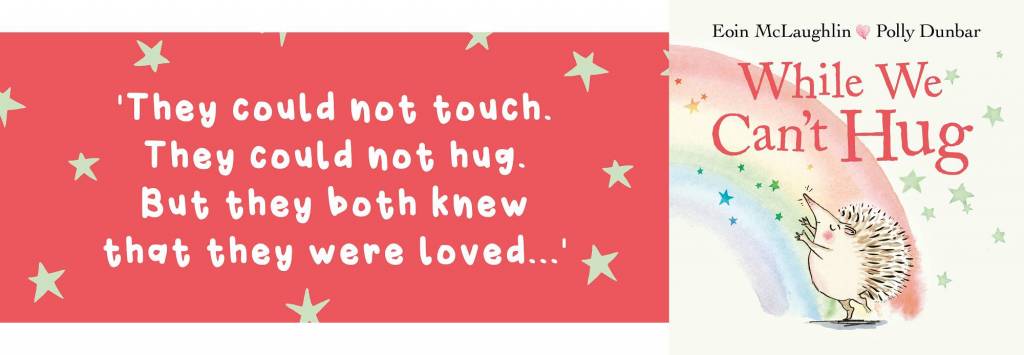
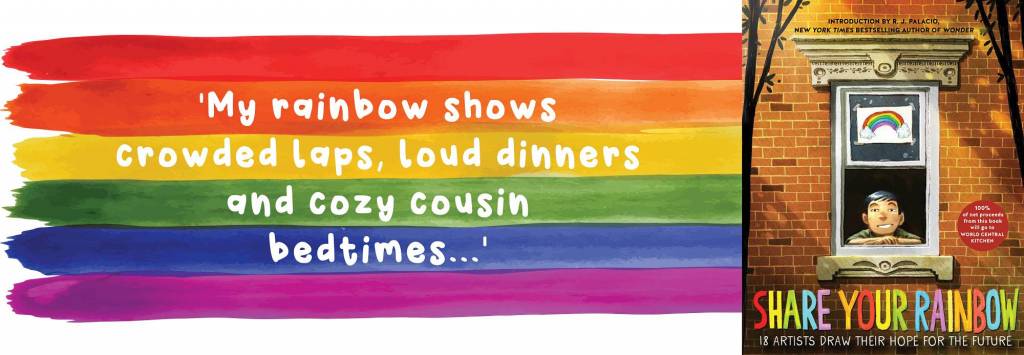
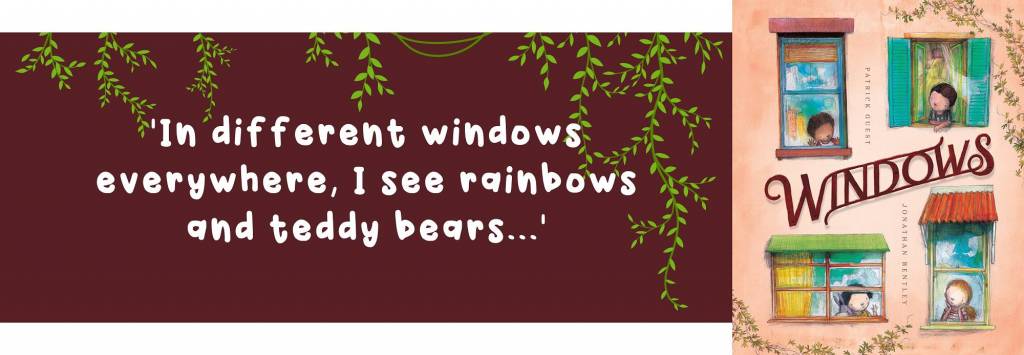
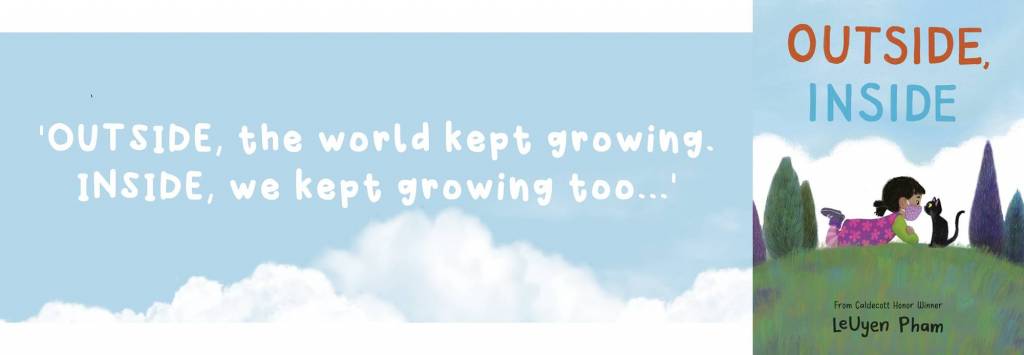

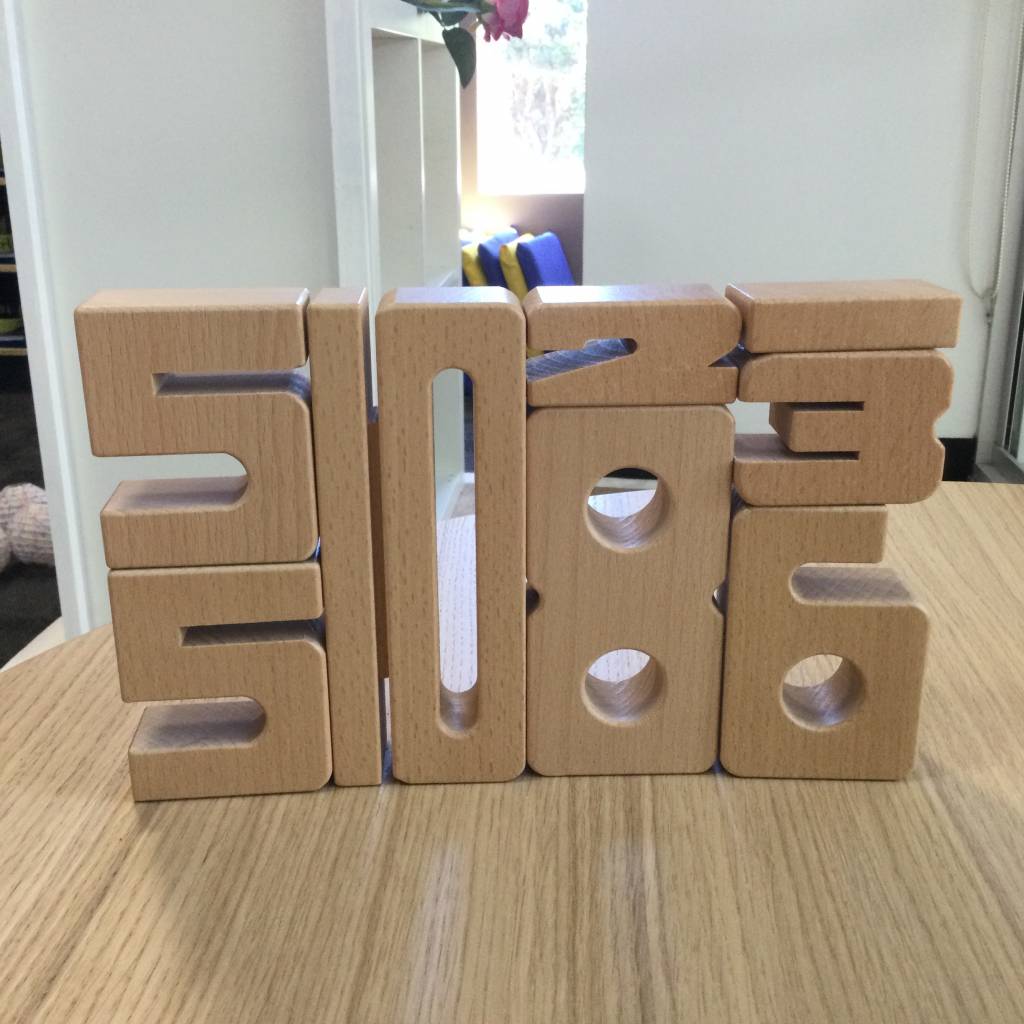
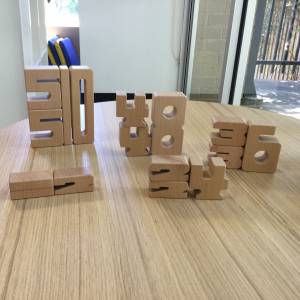
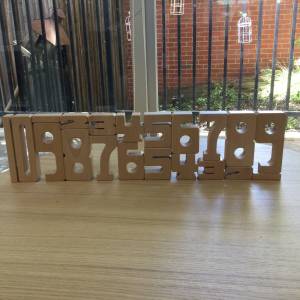
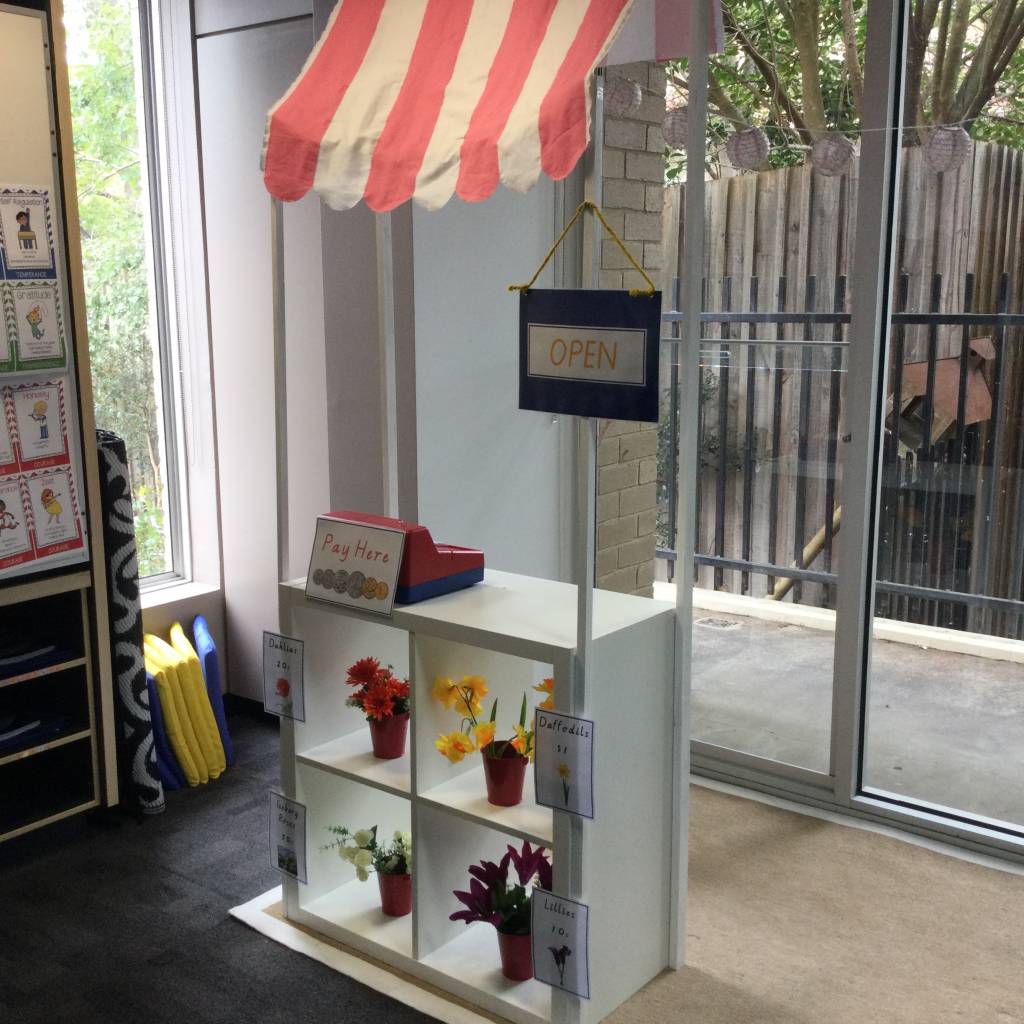
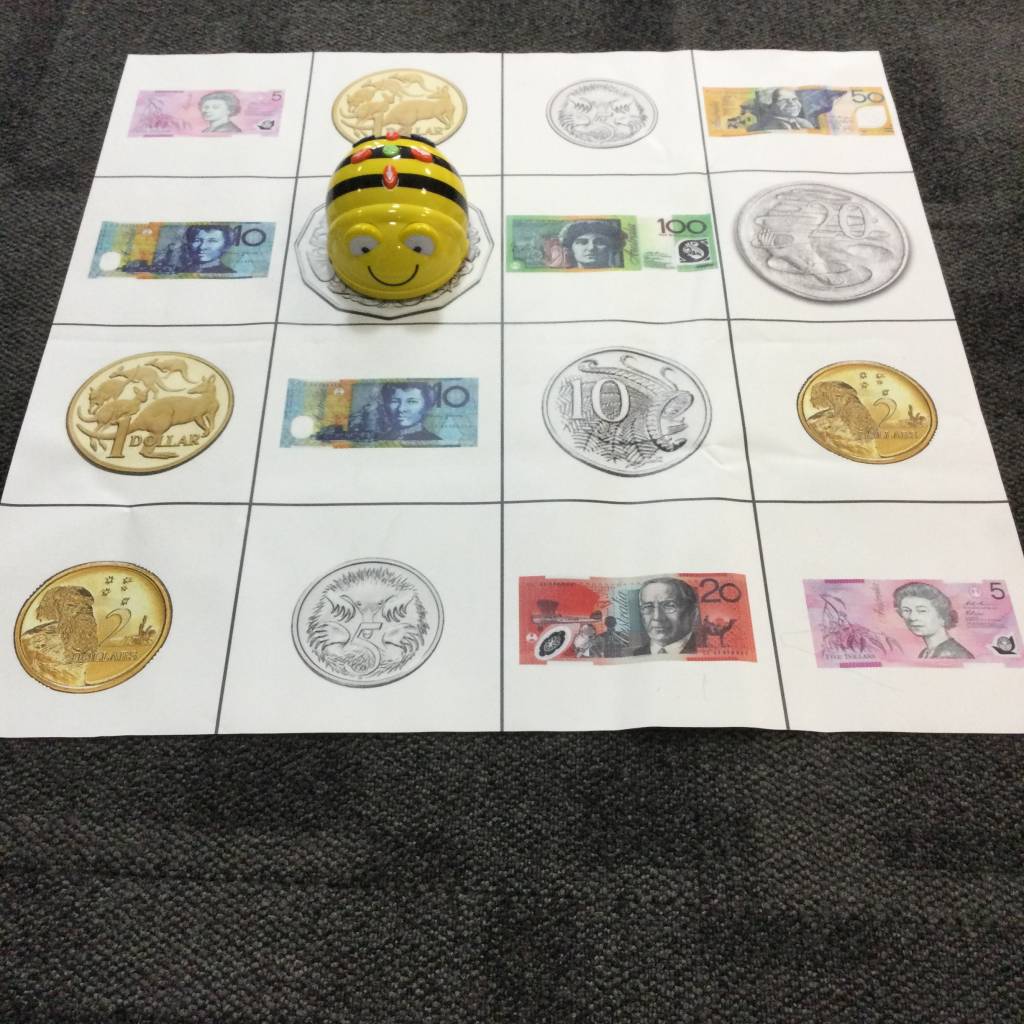
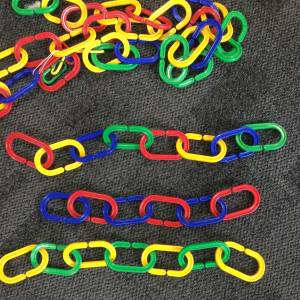
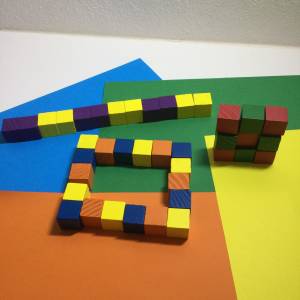
 Featured Product
Featured Product